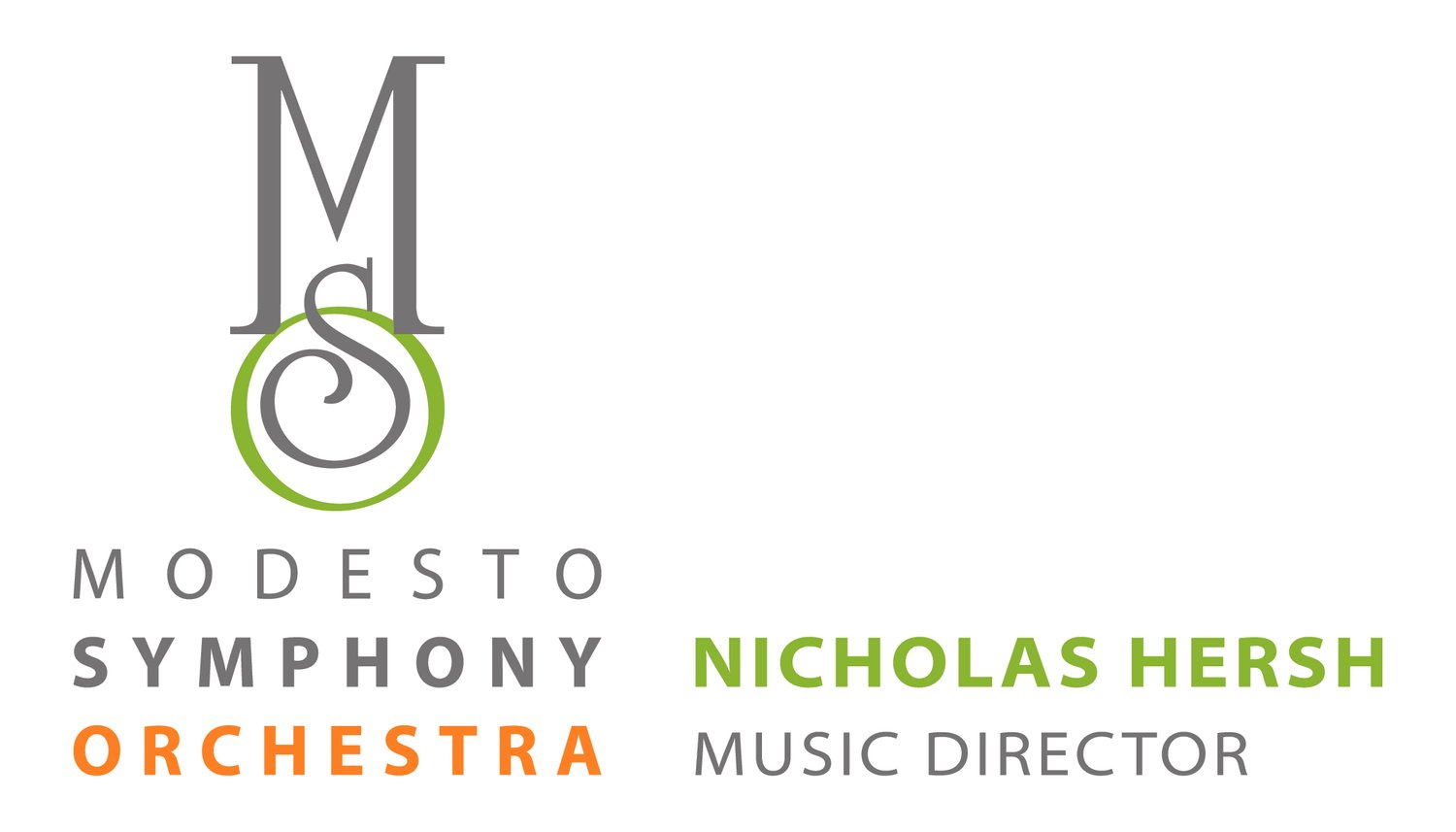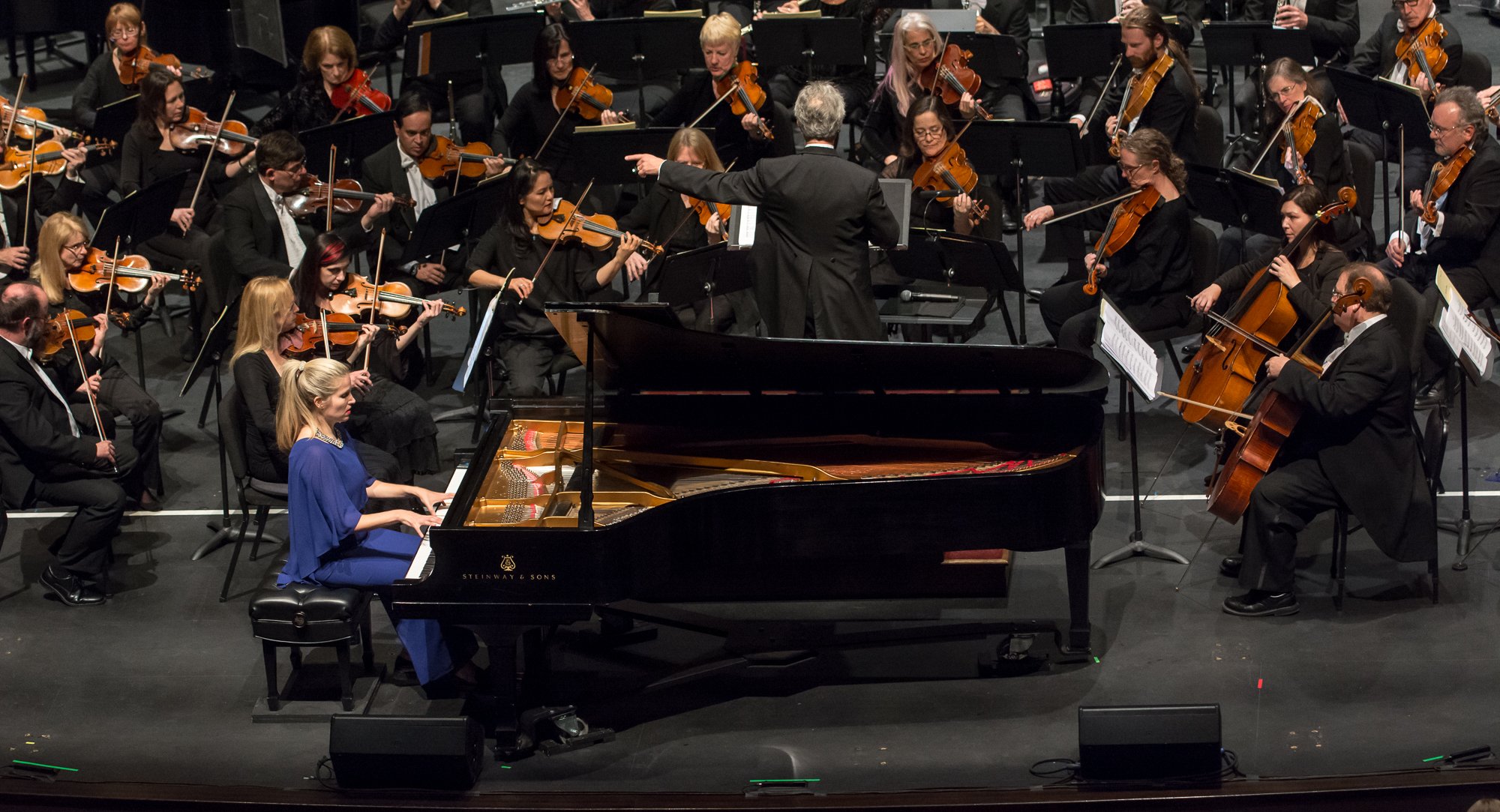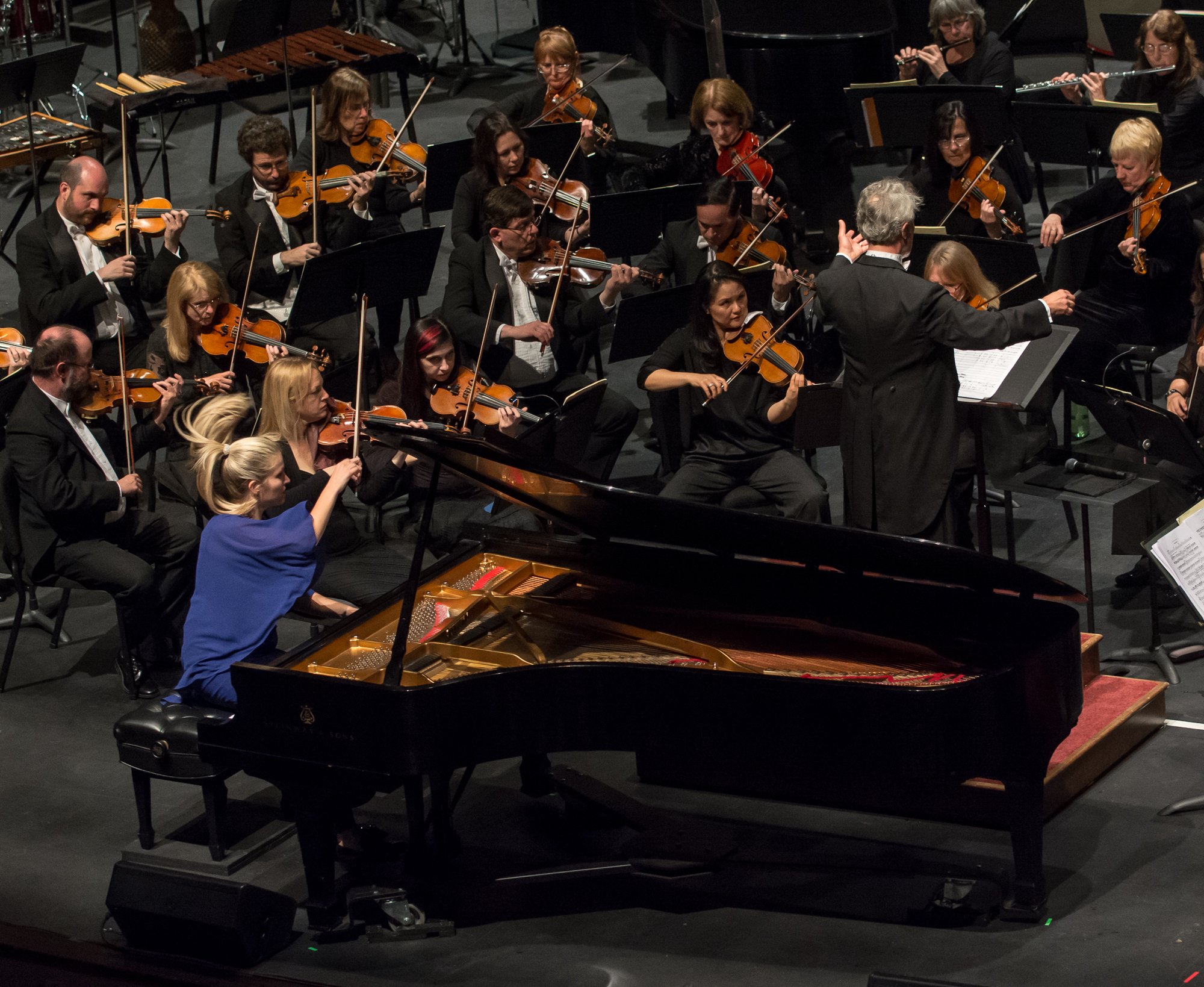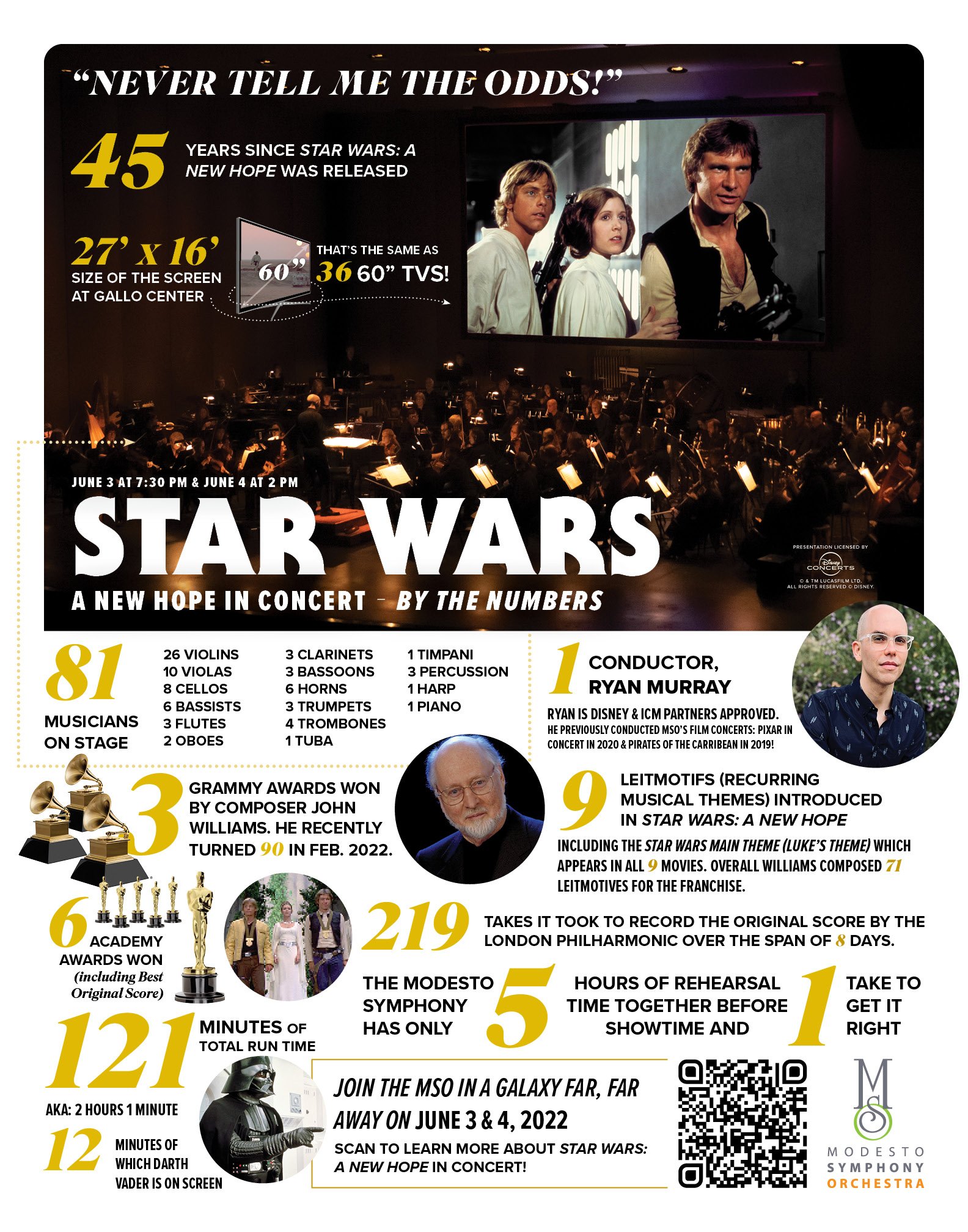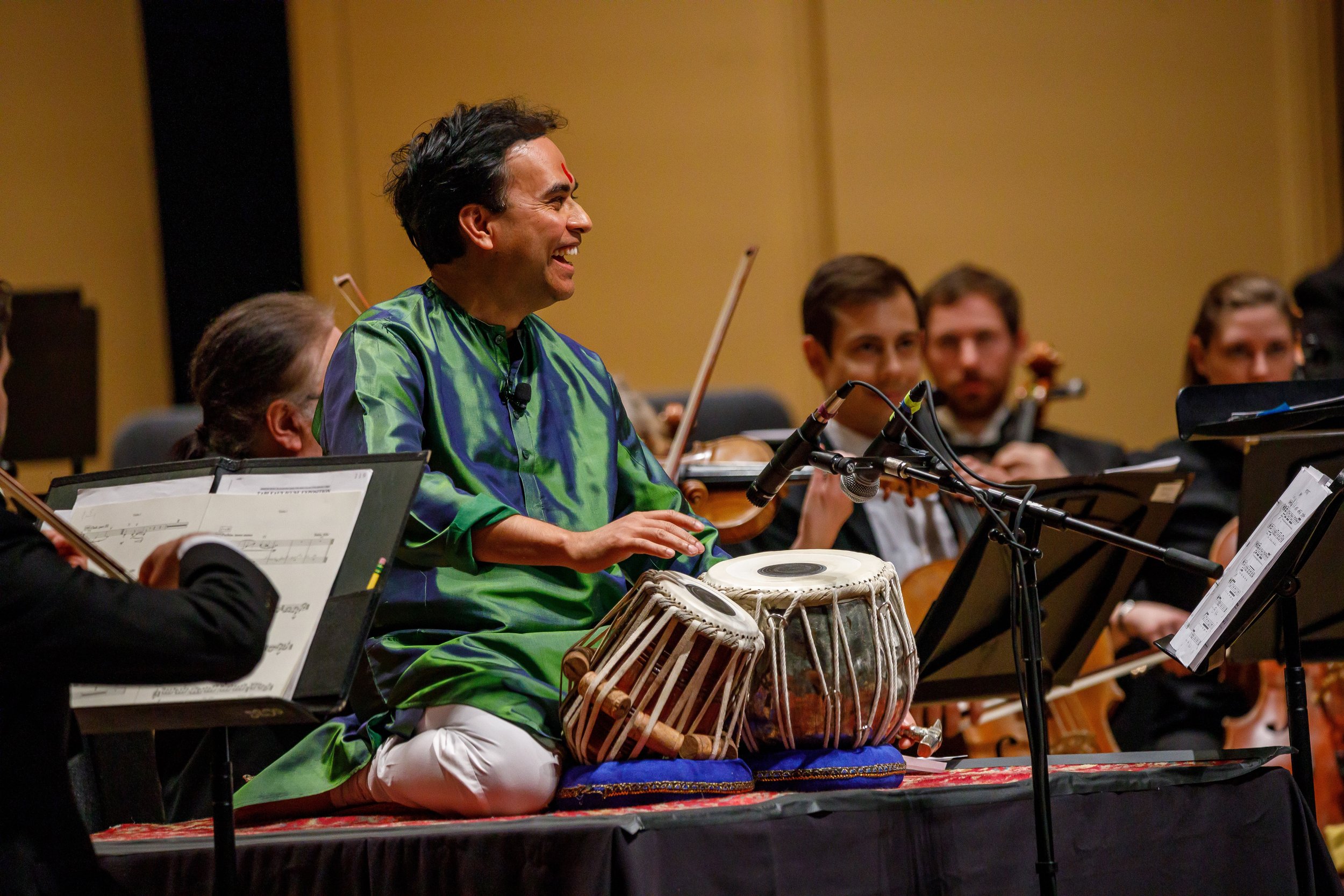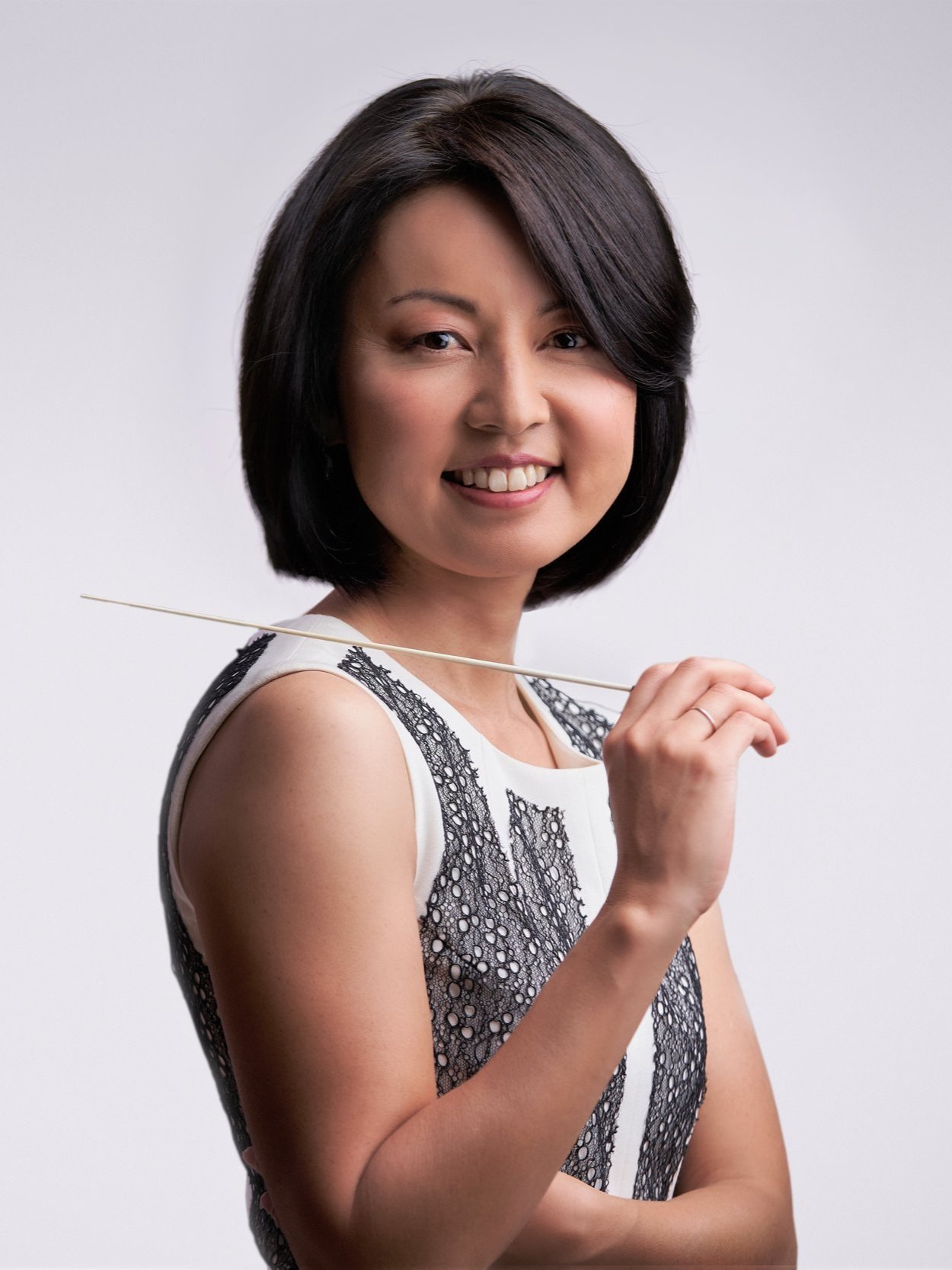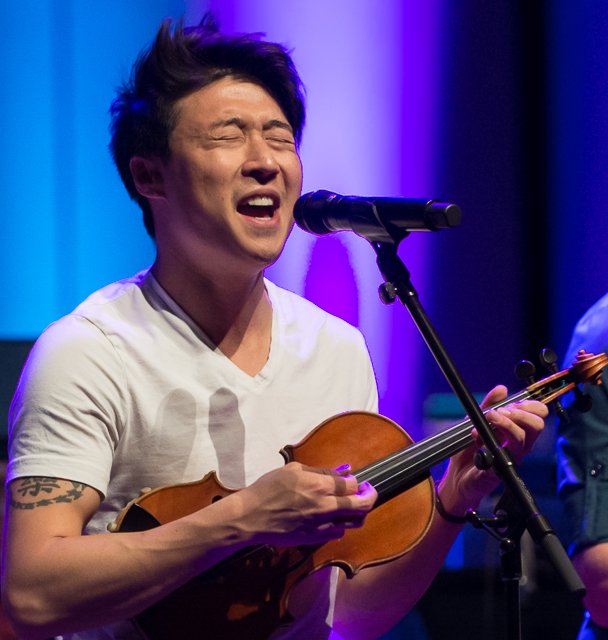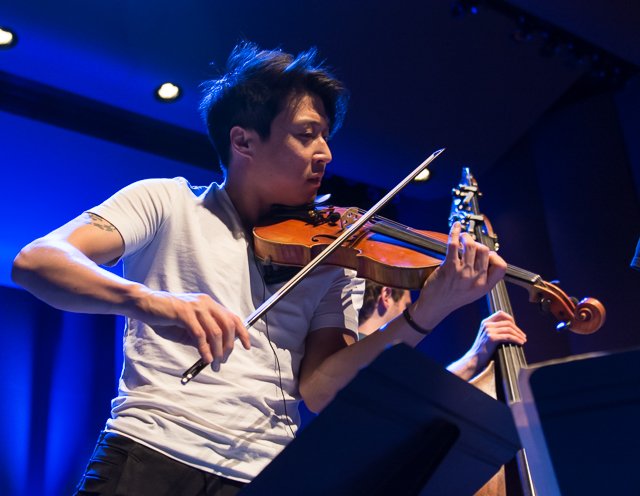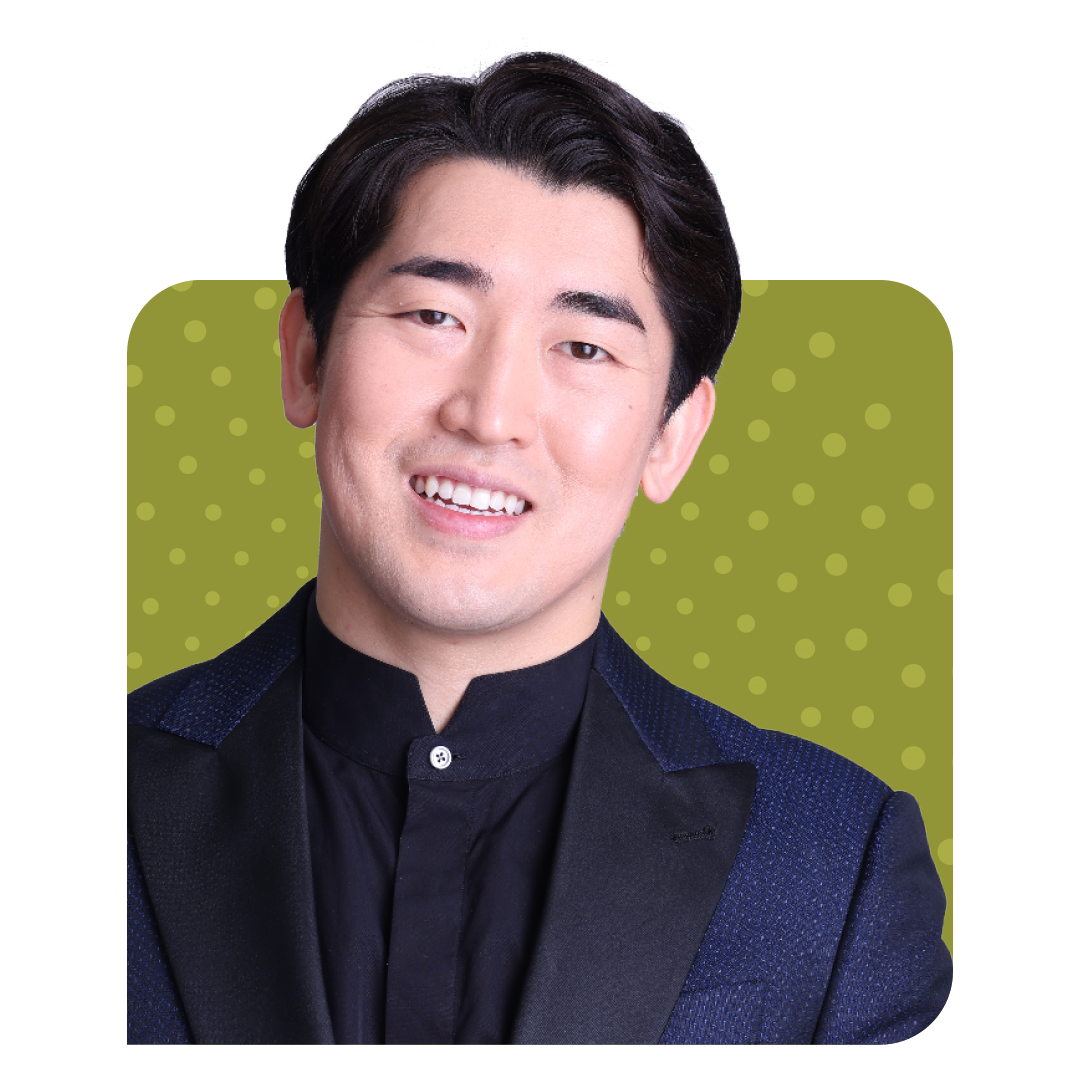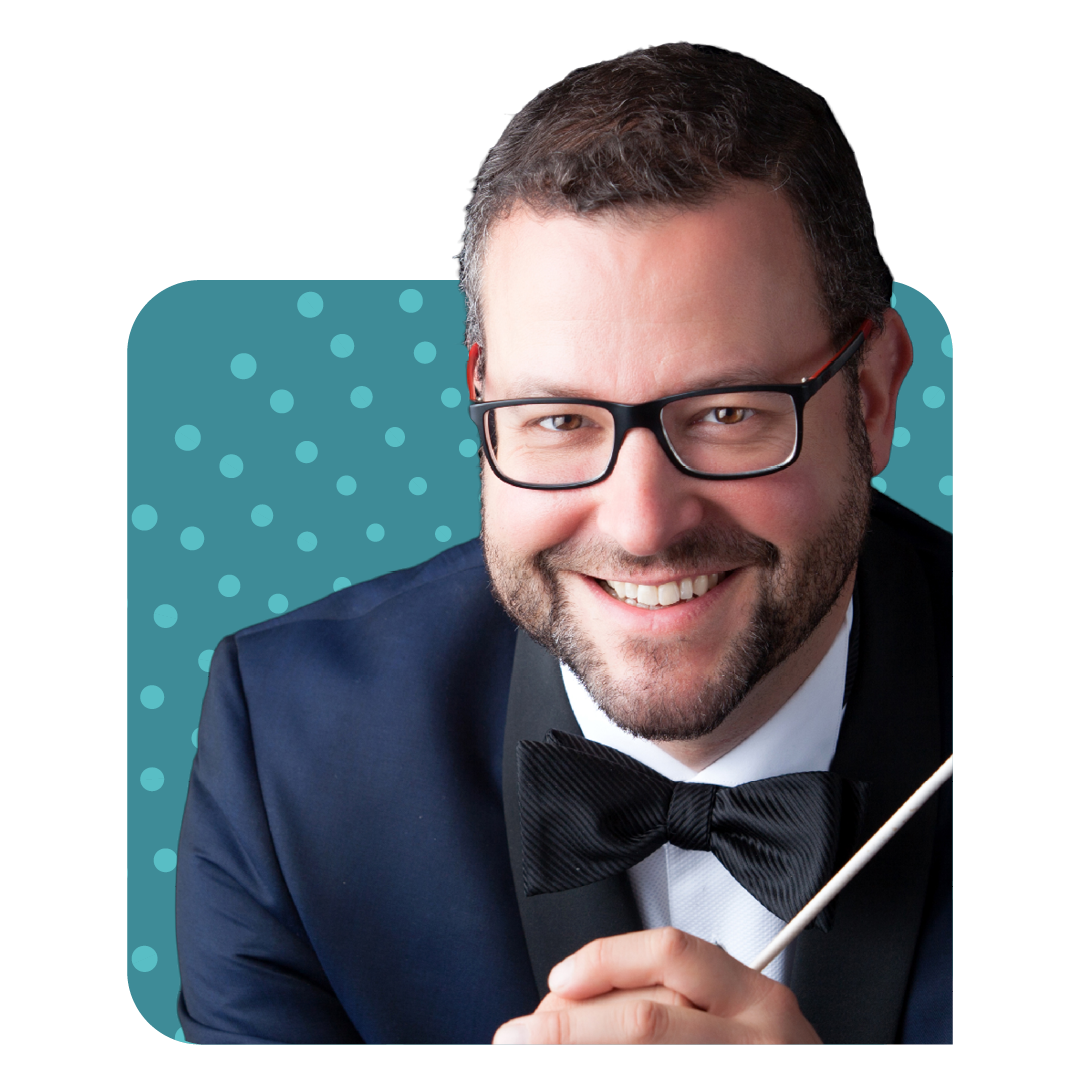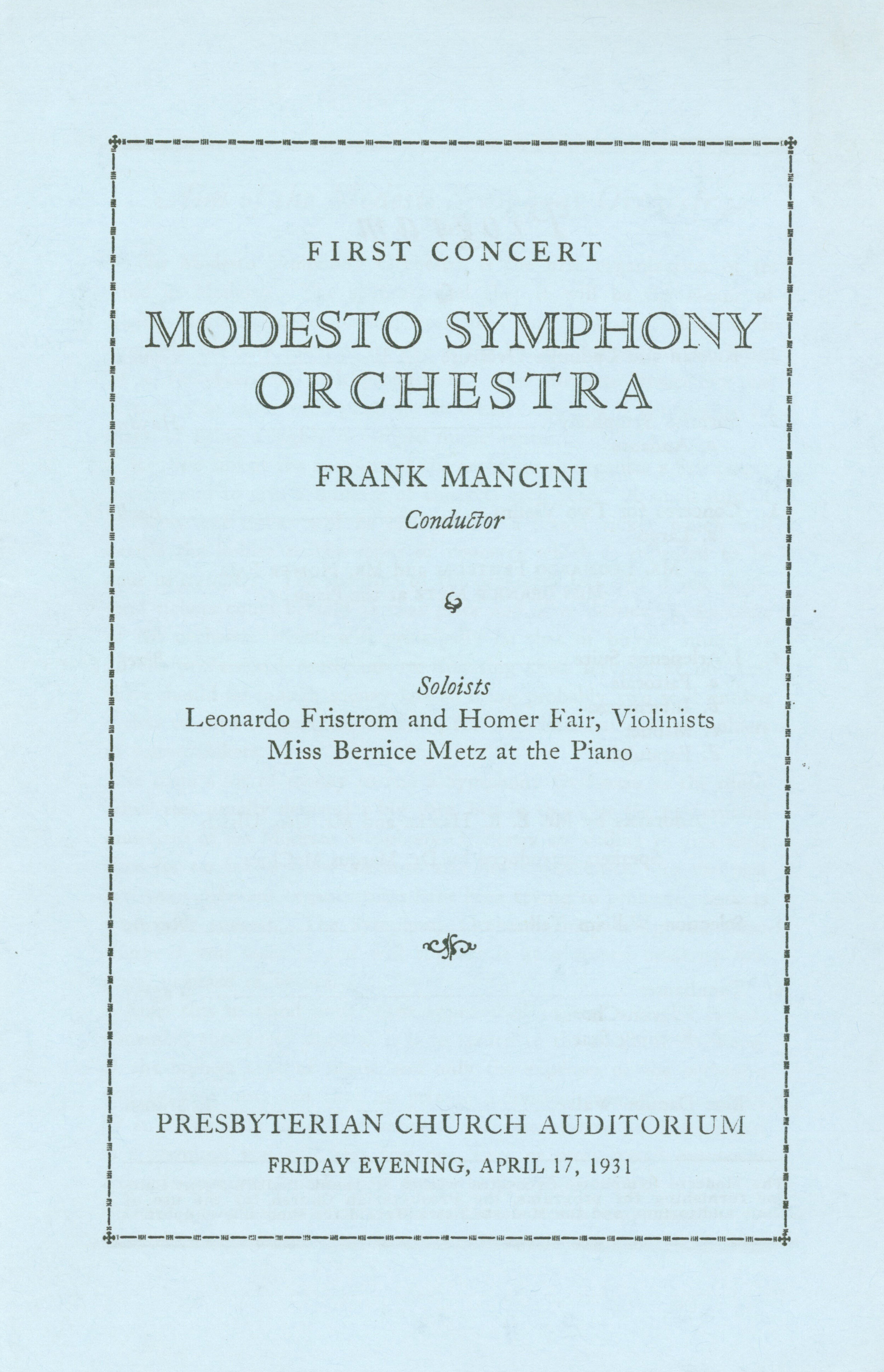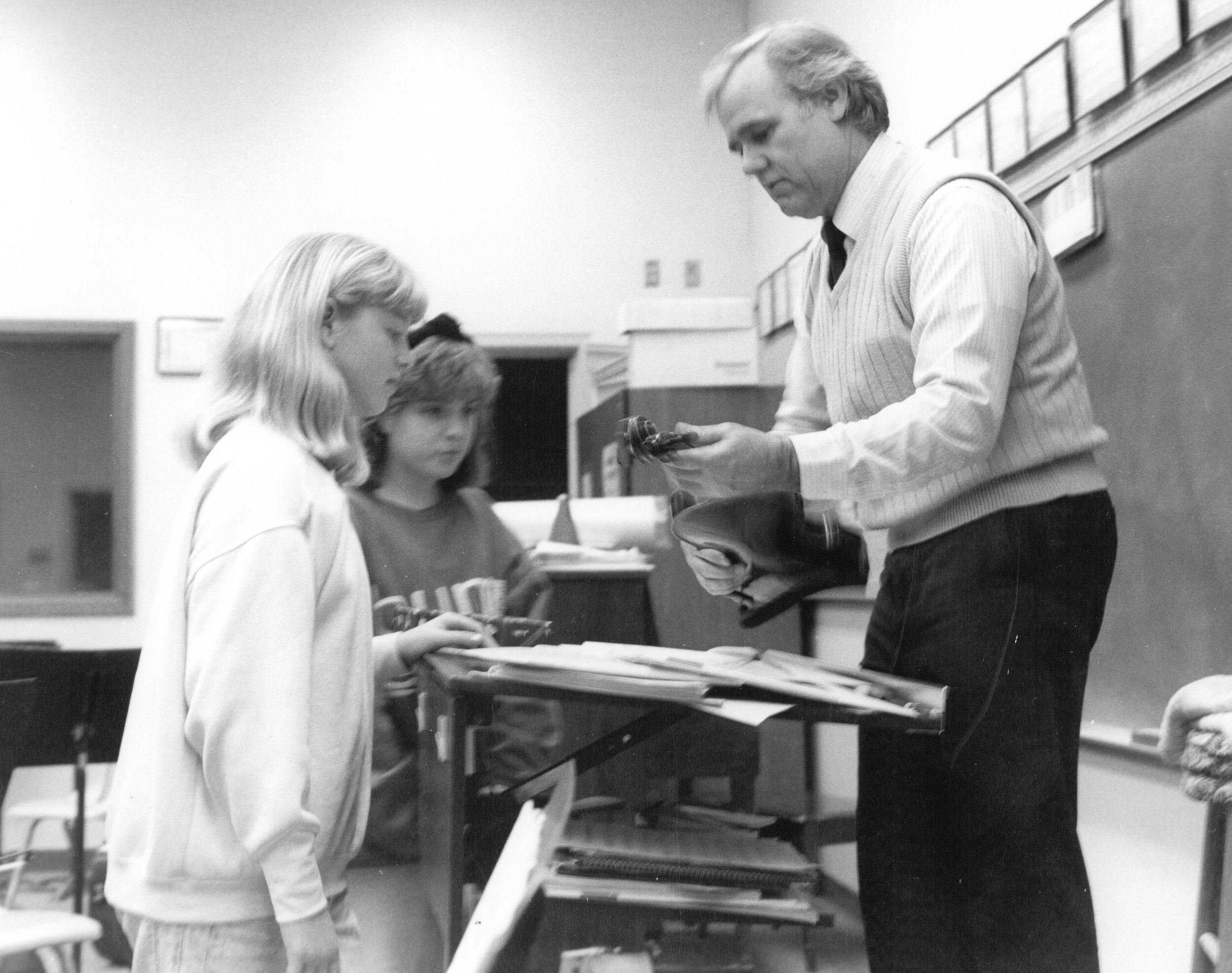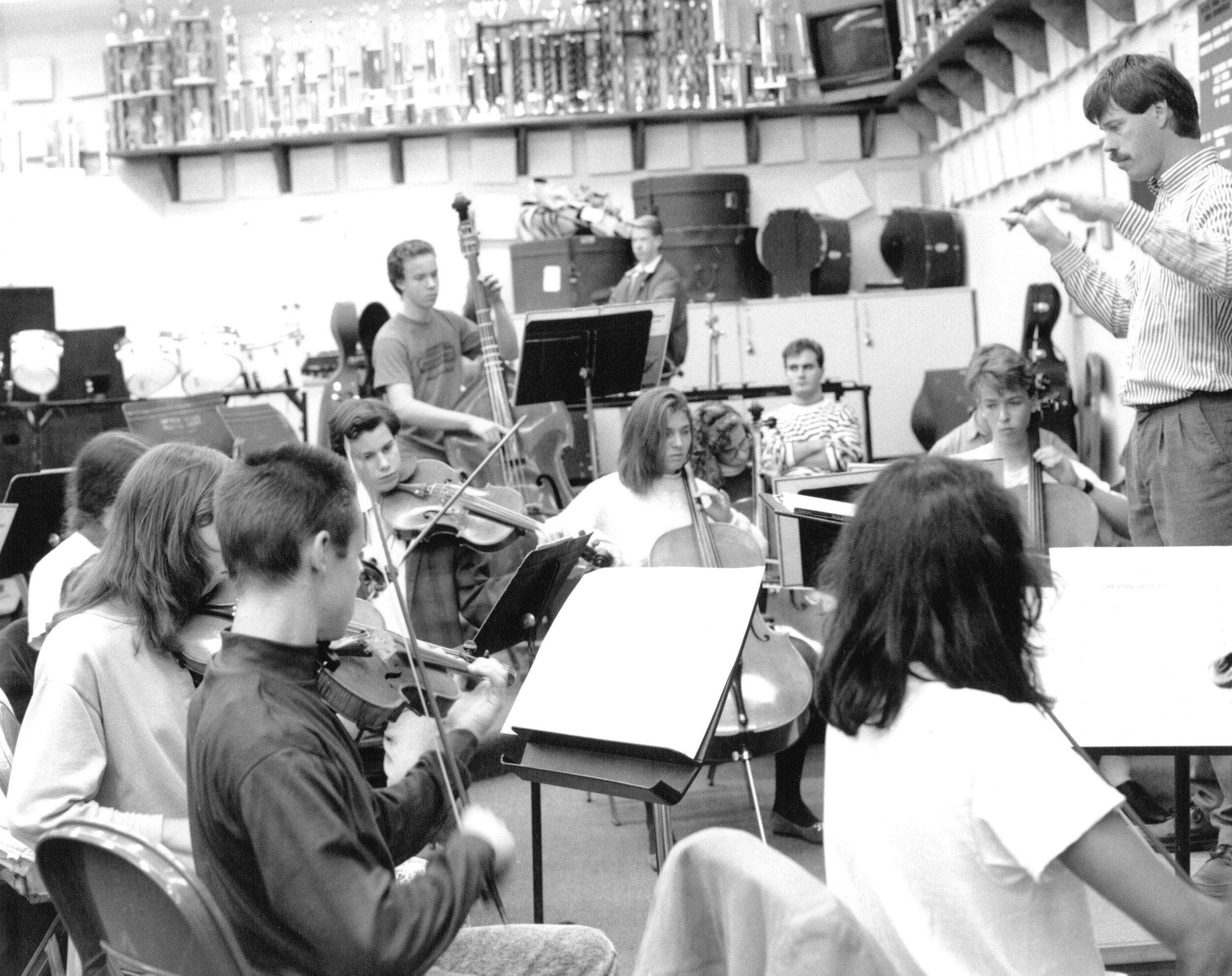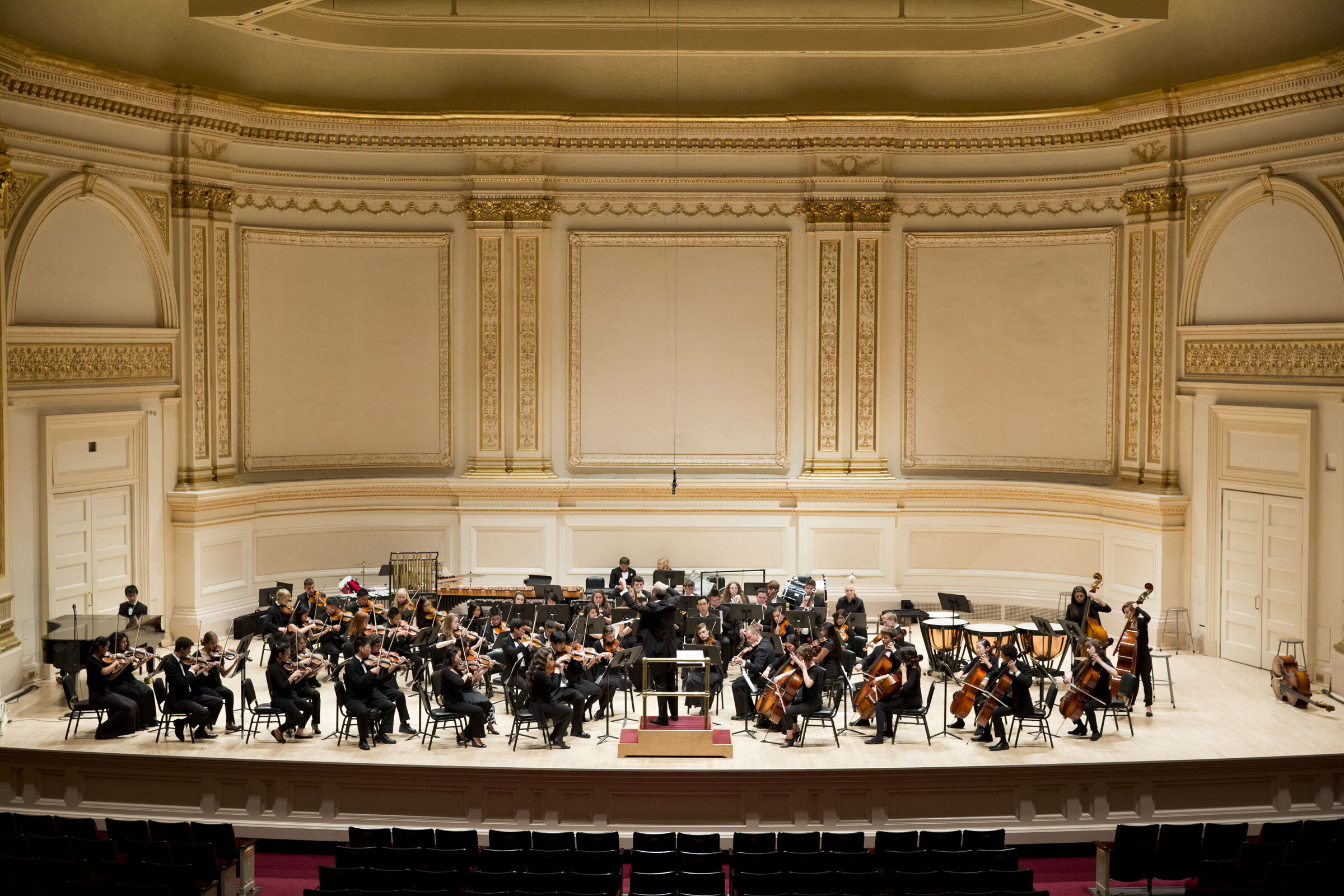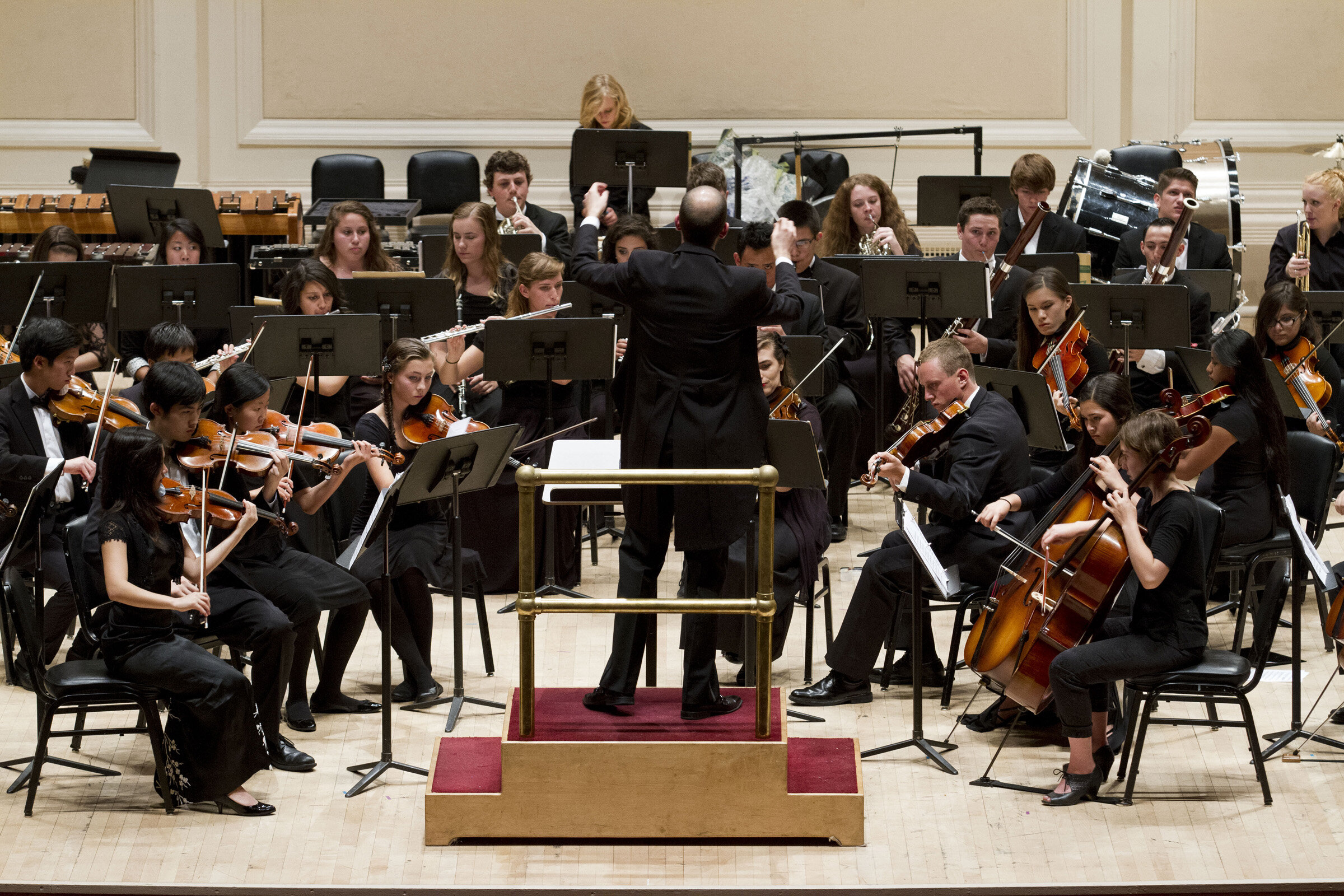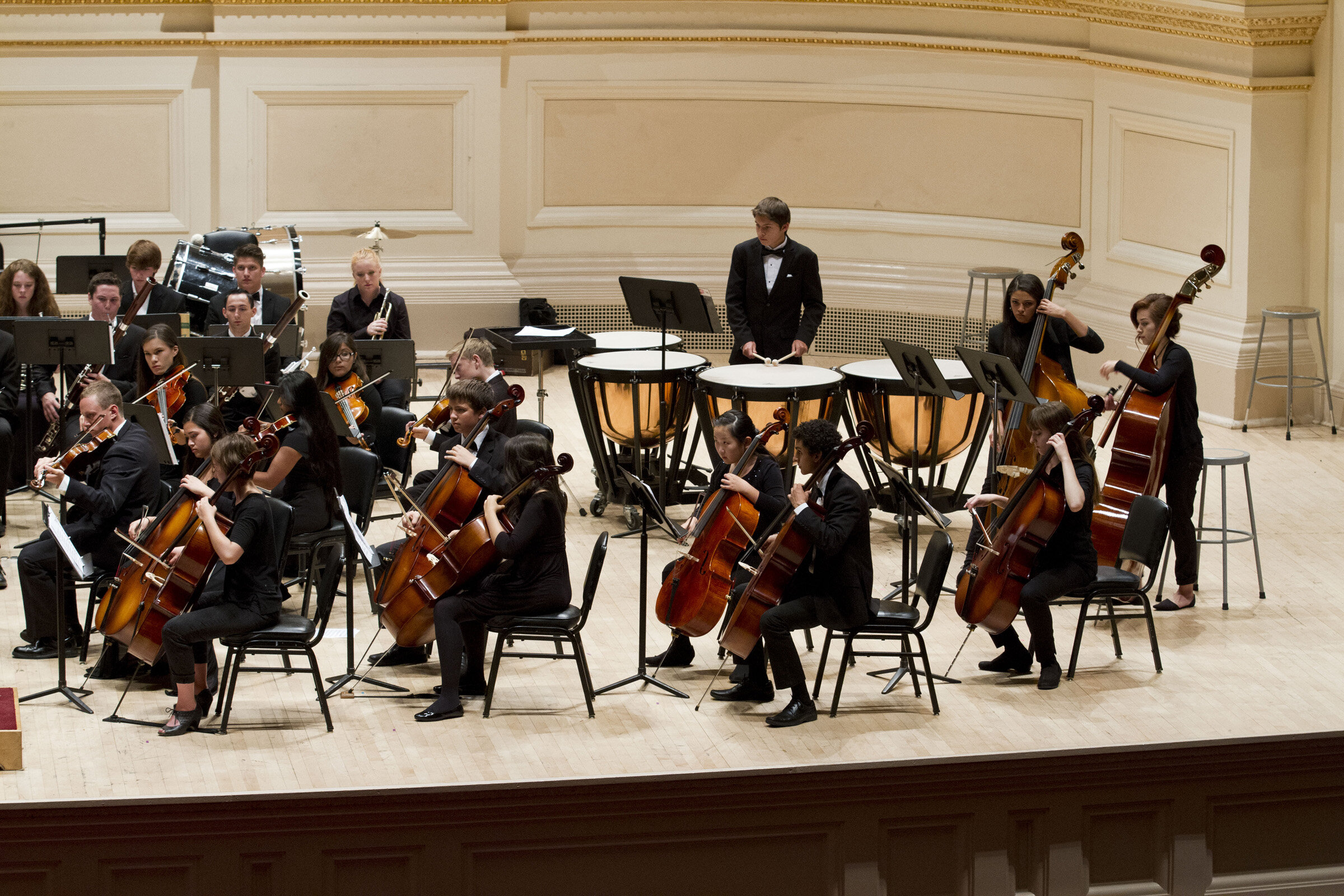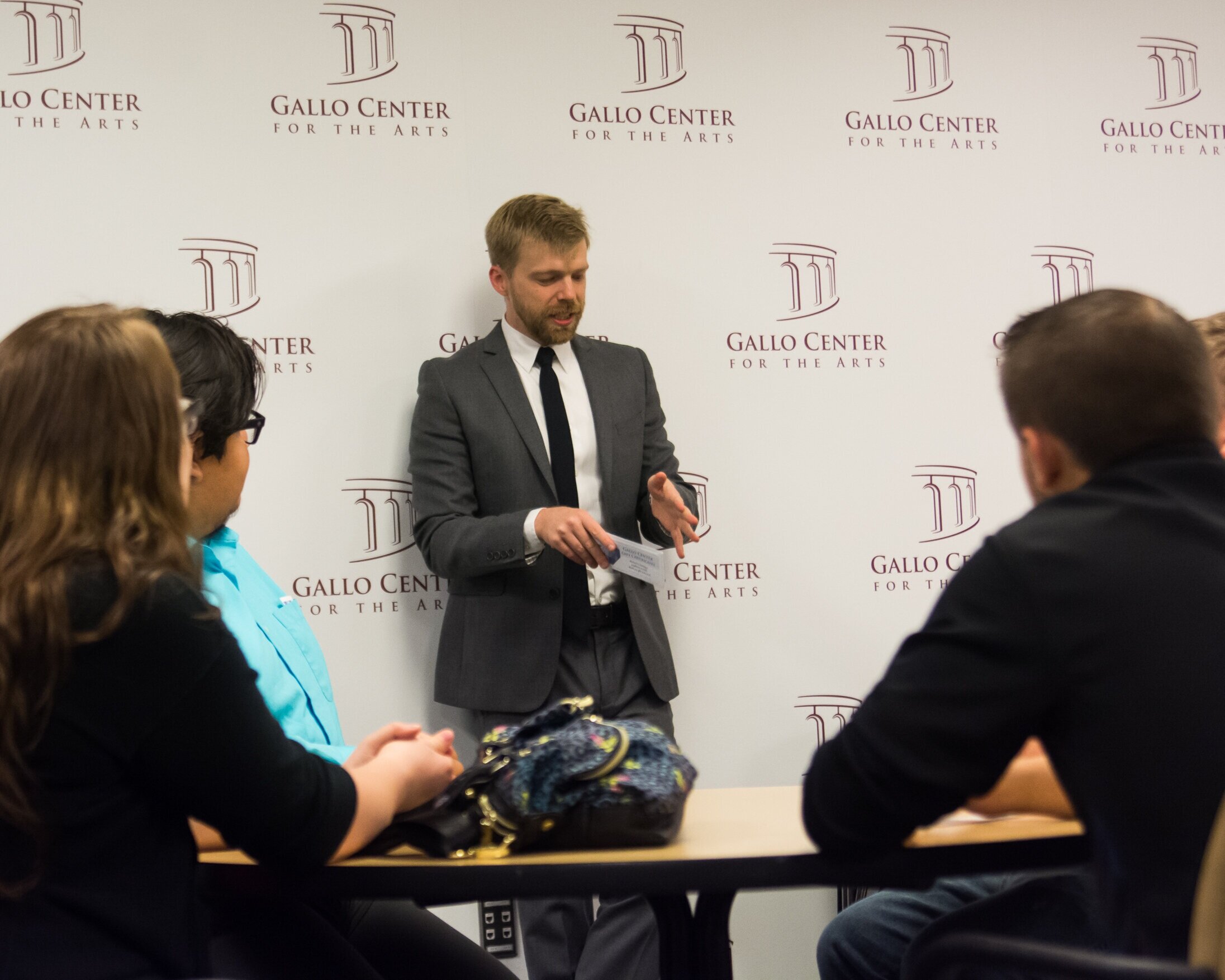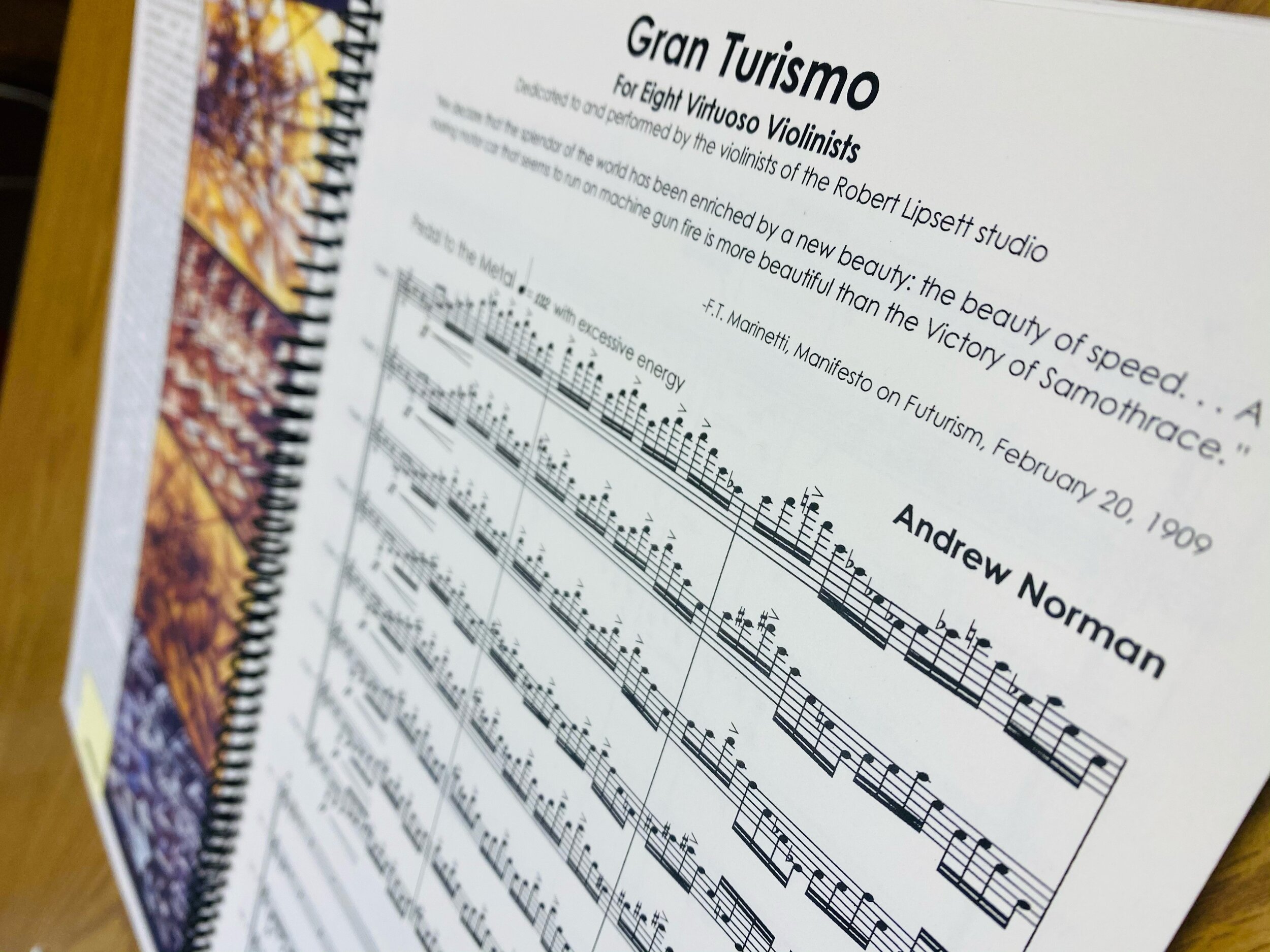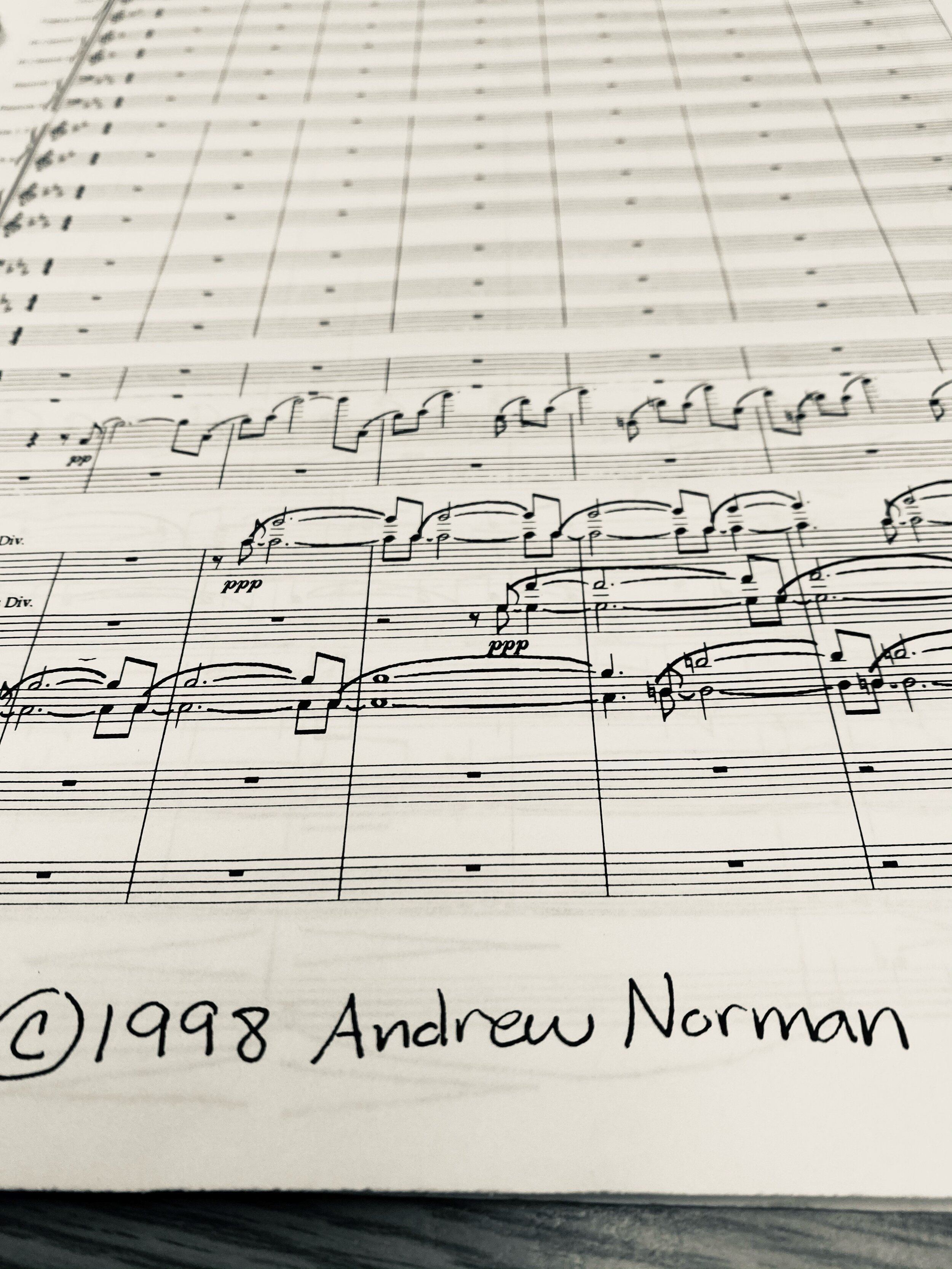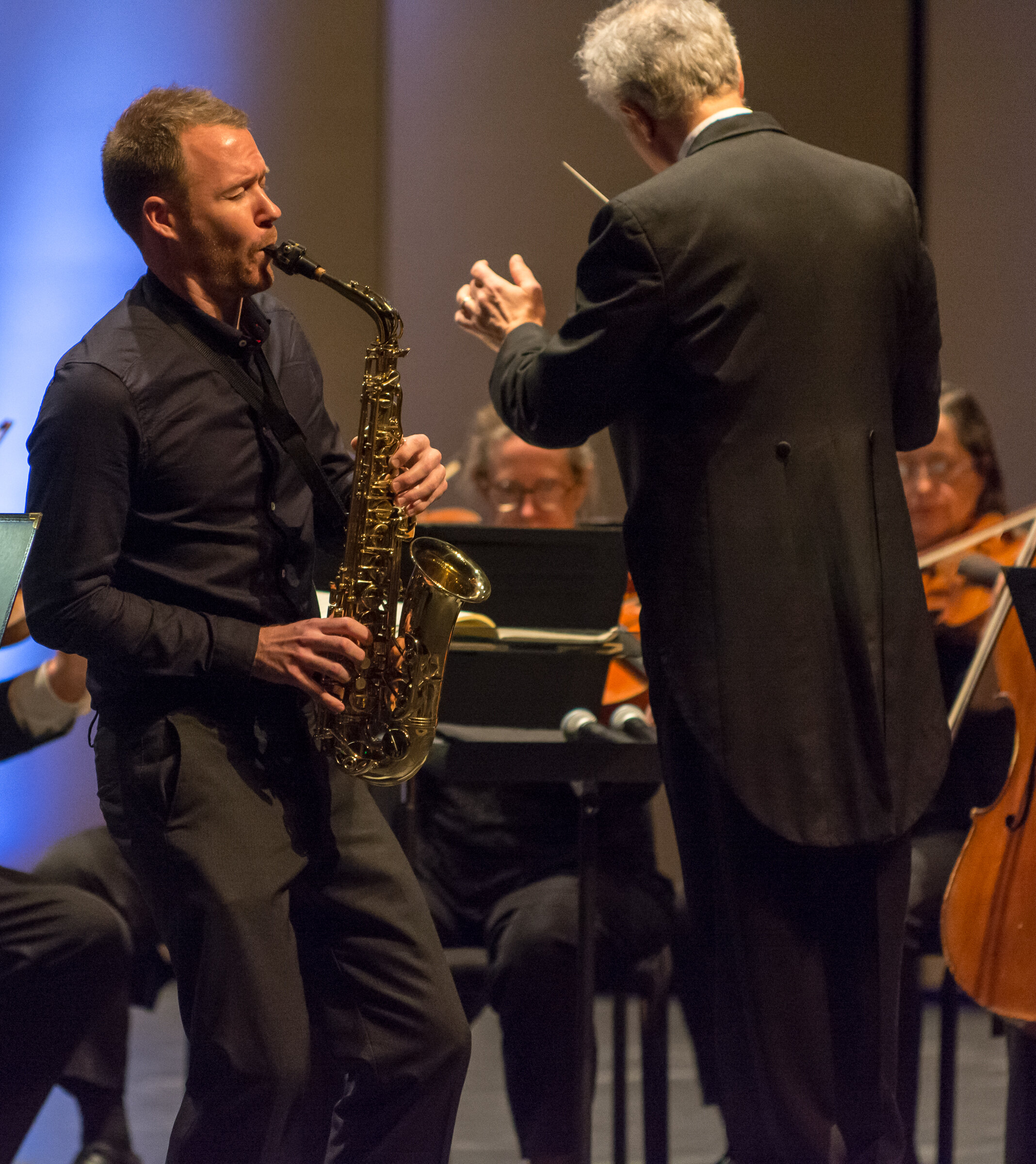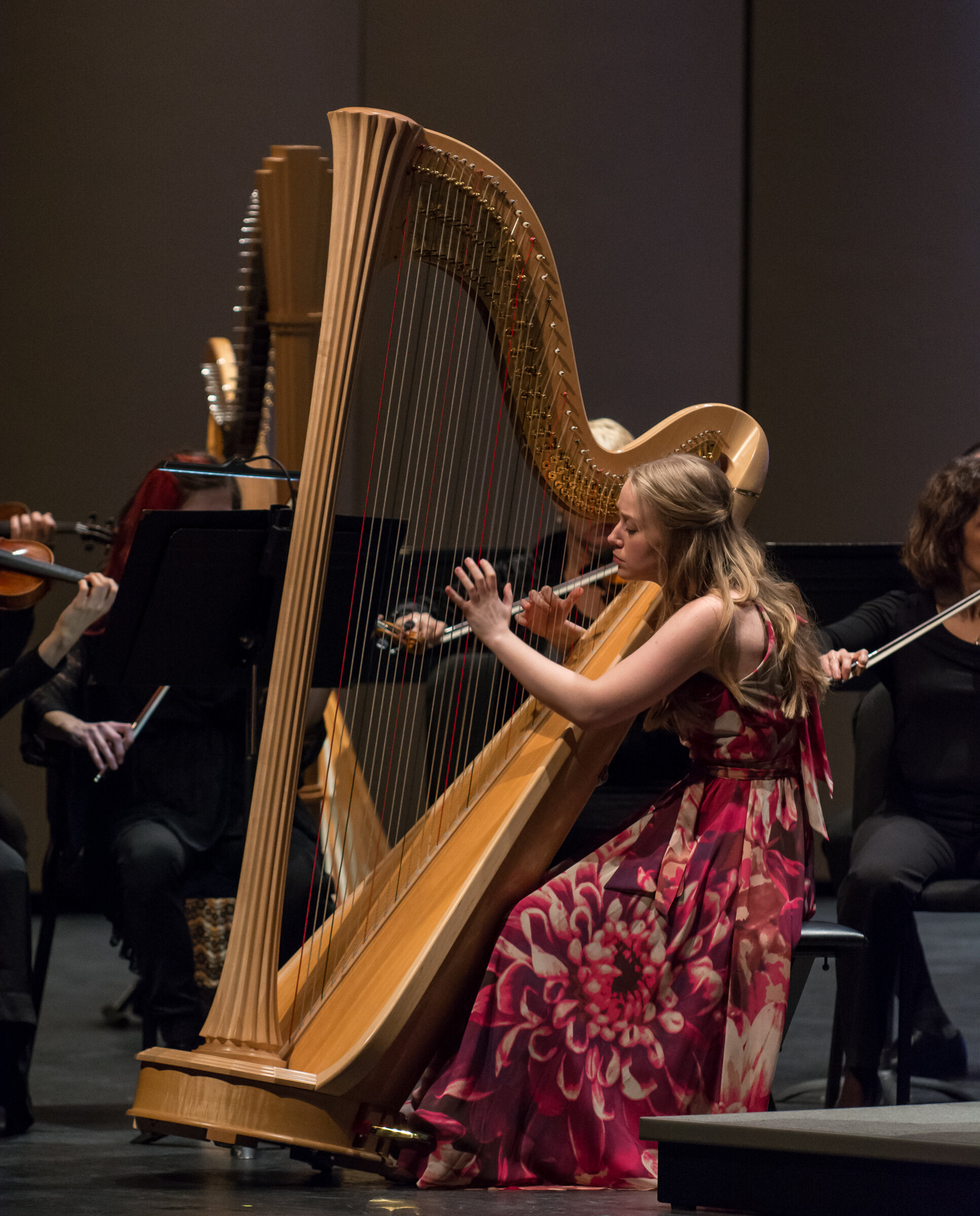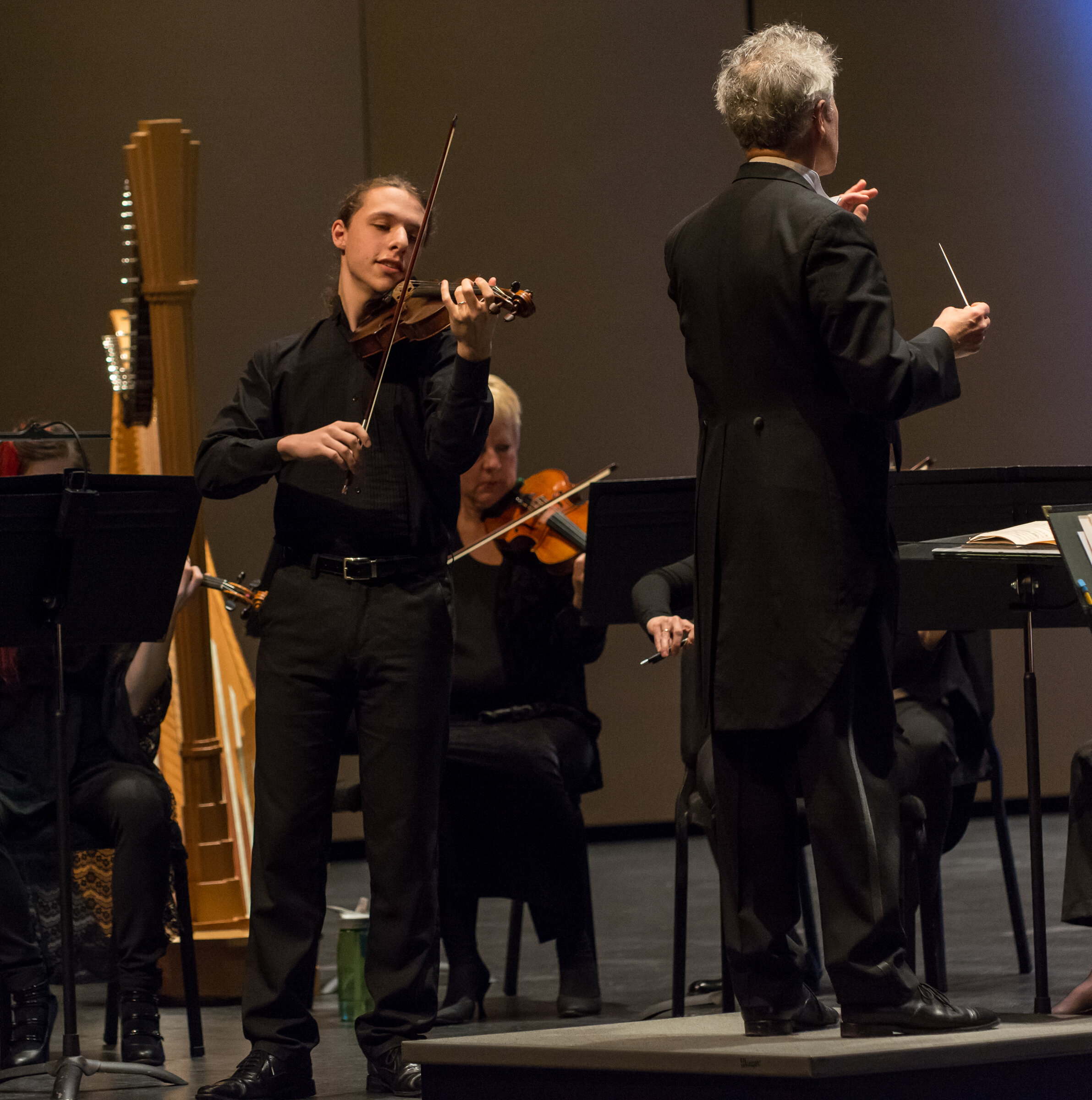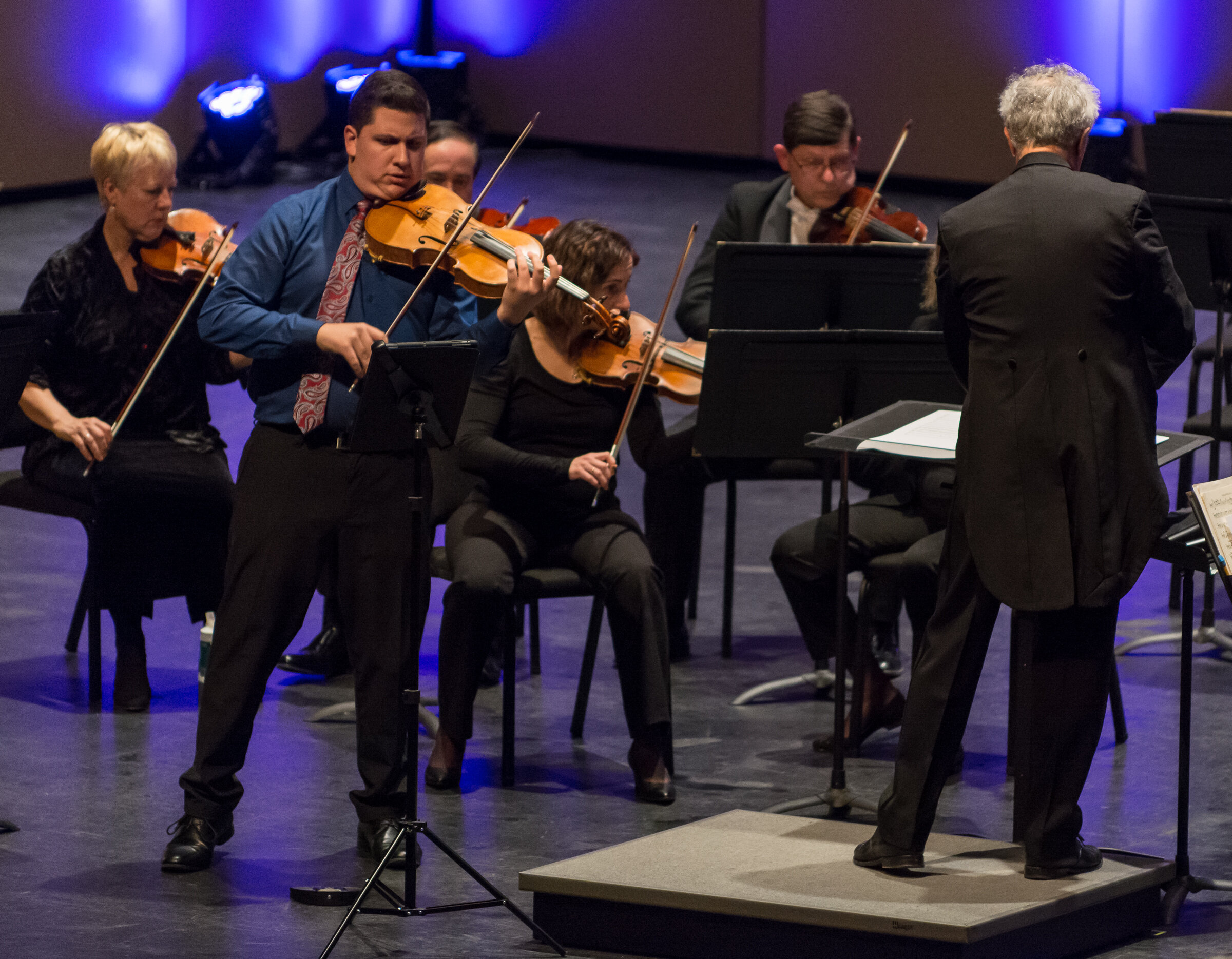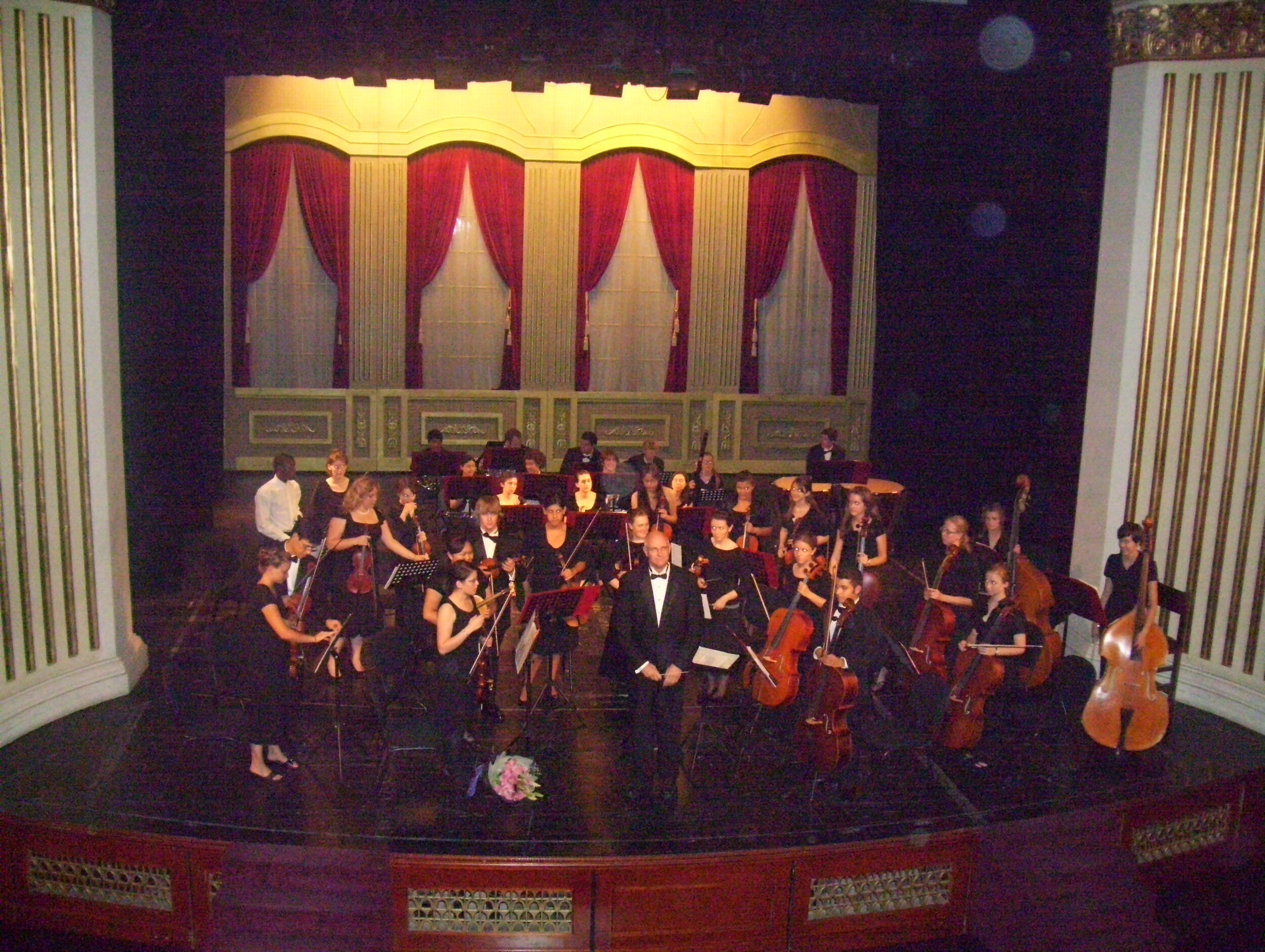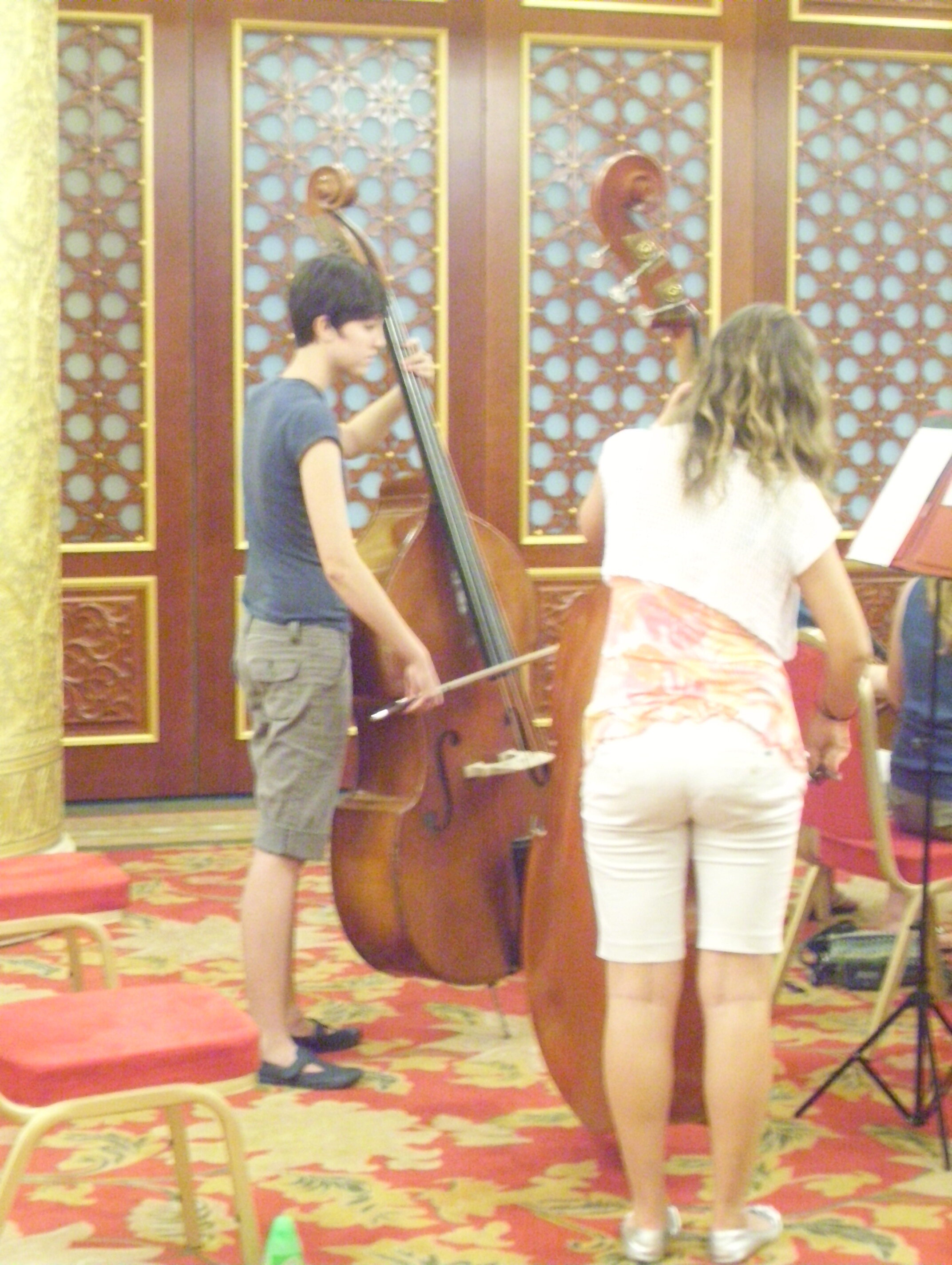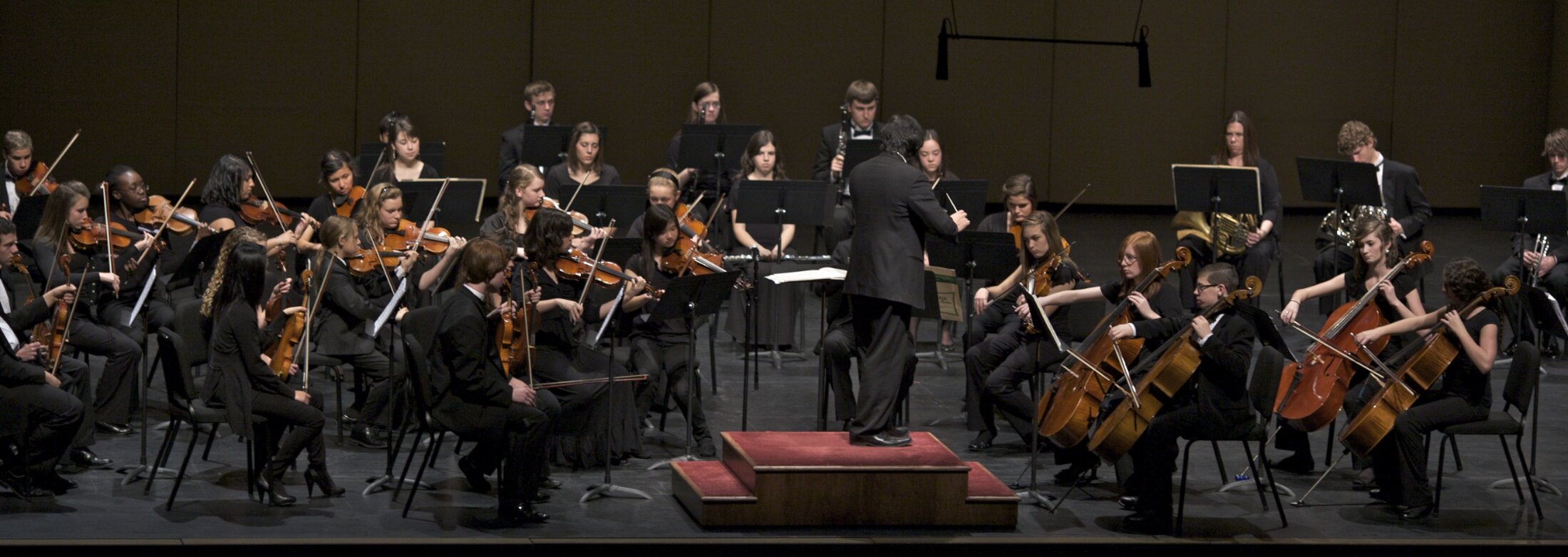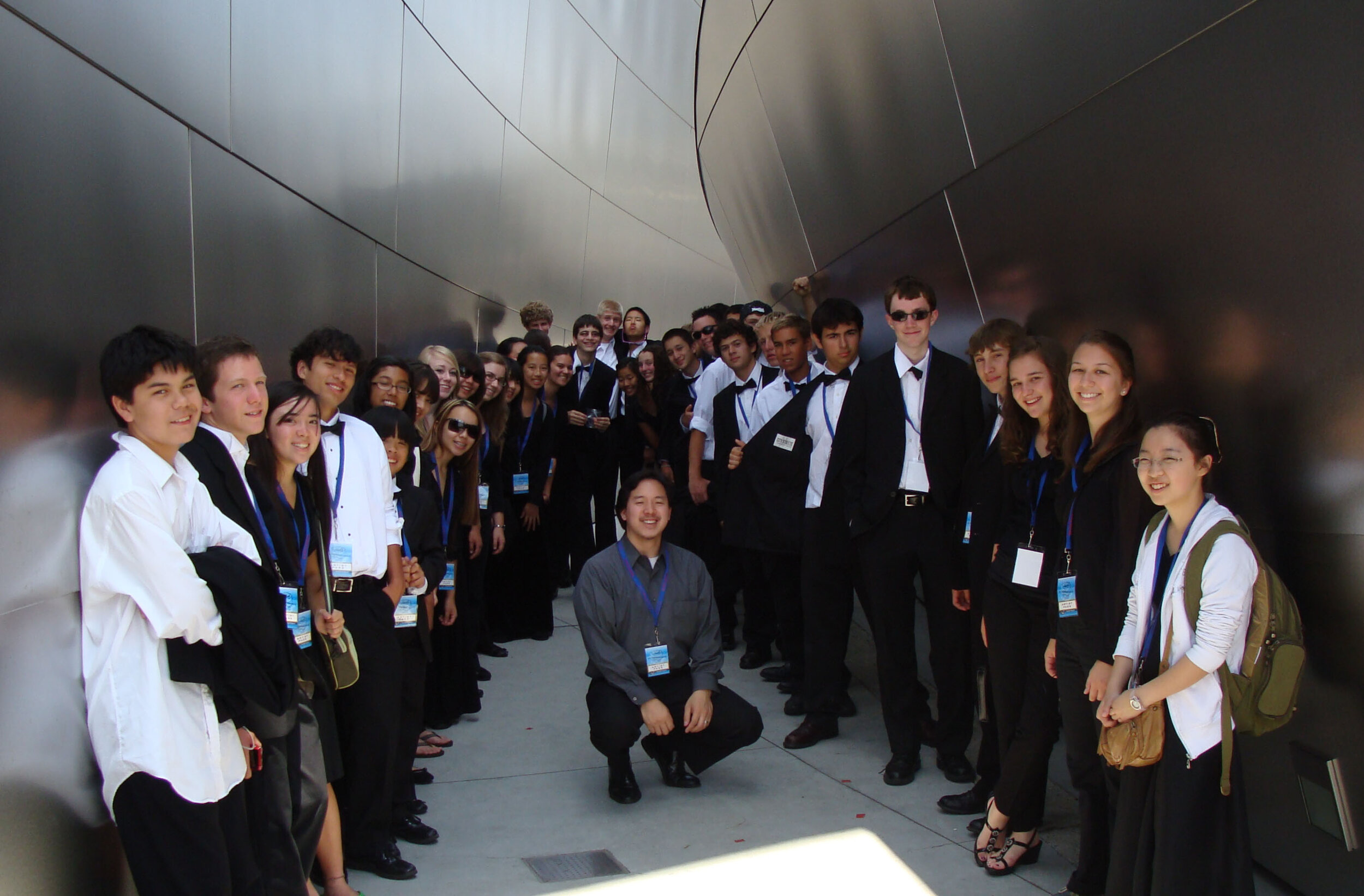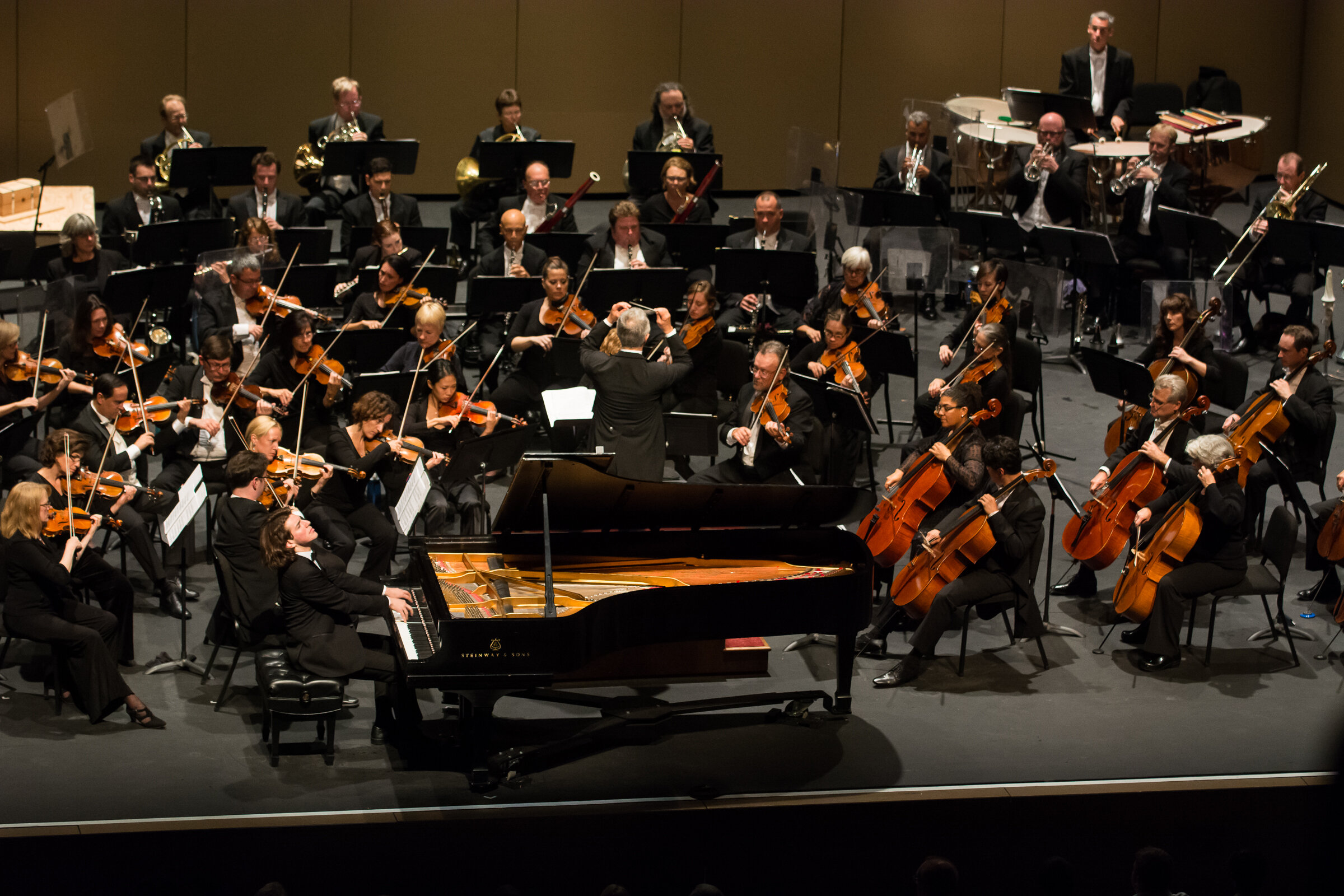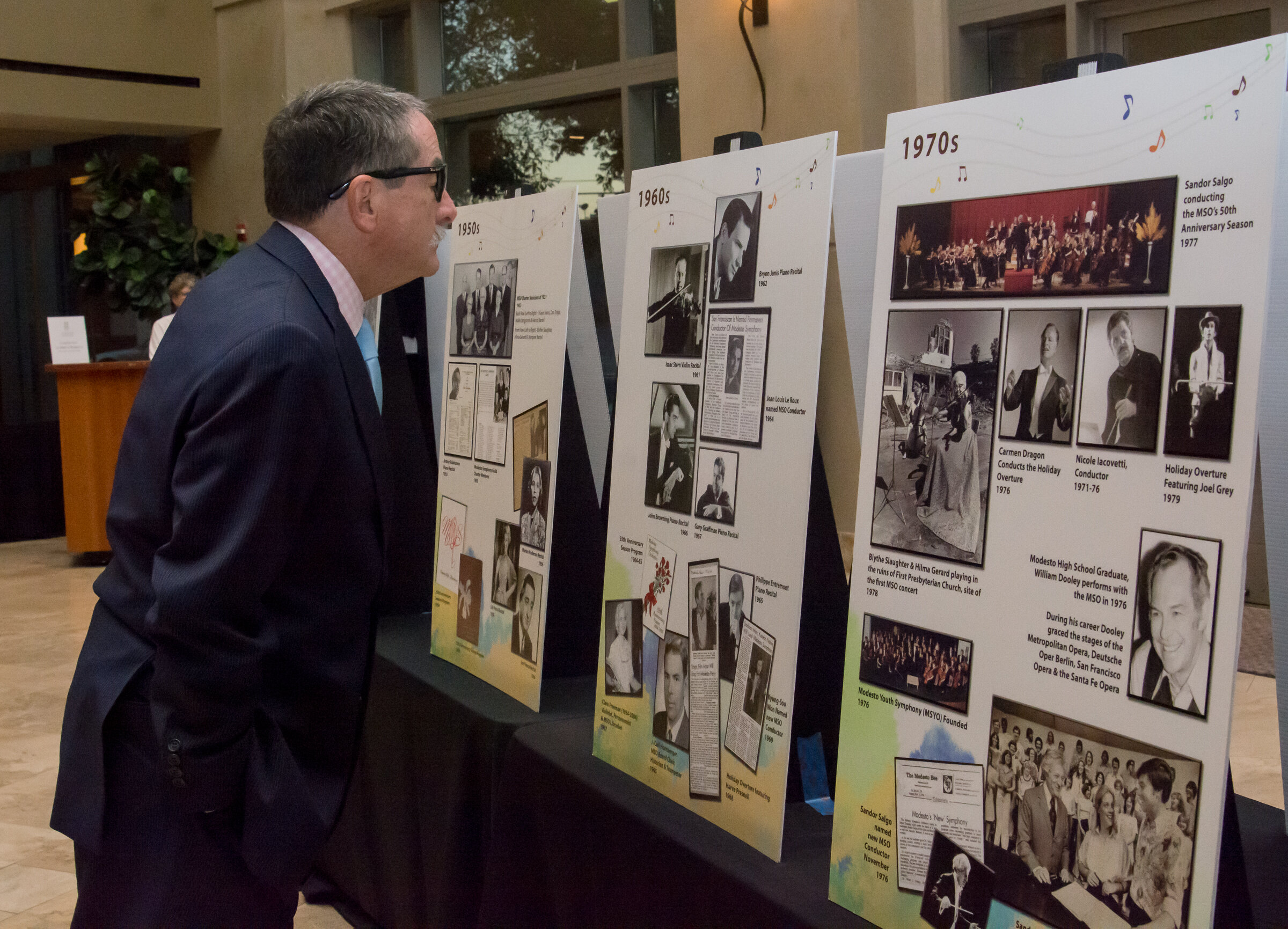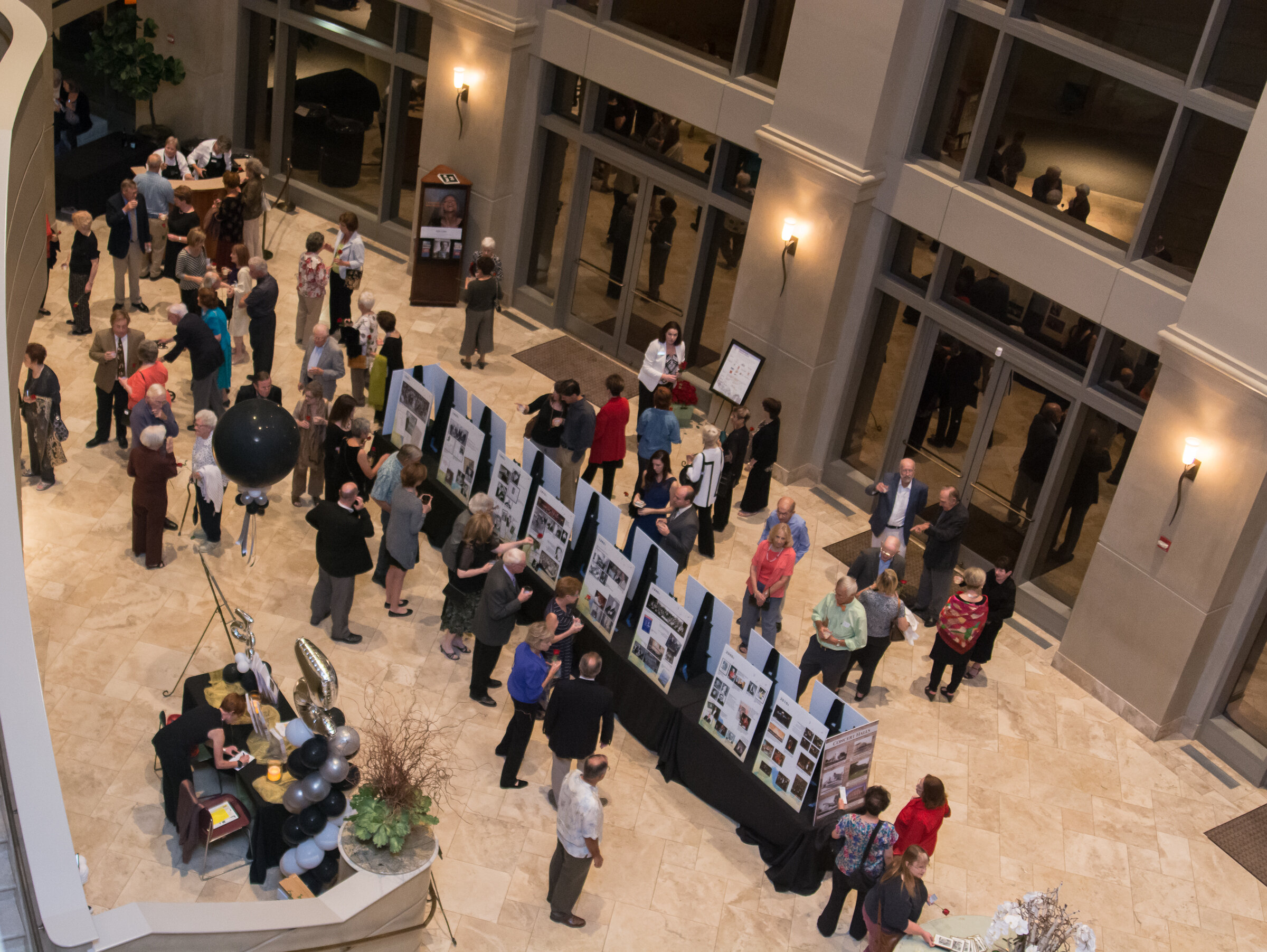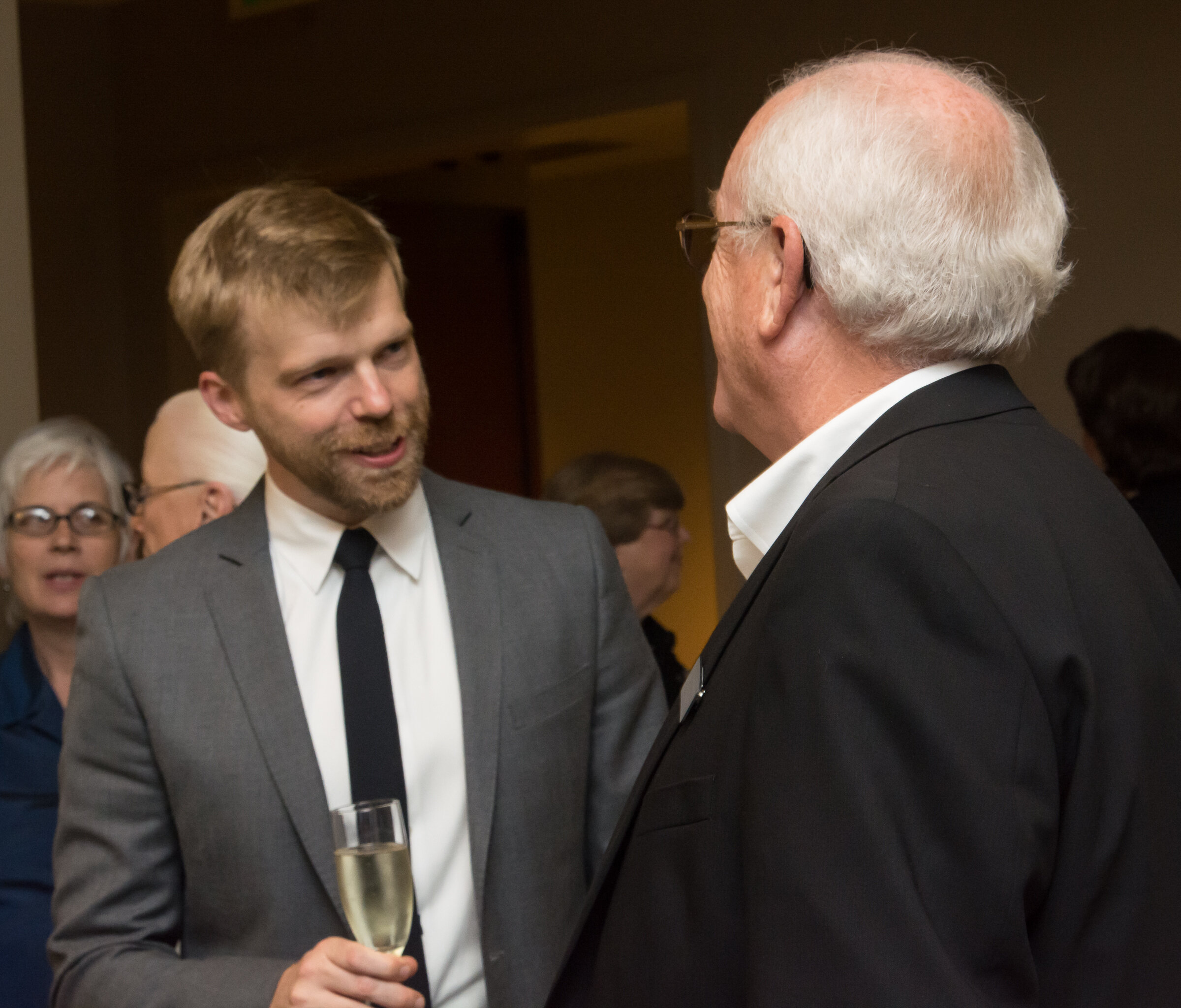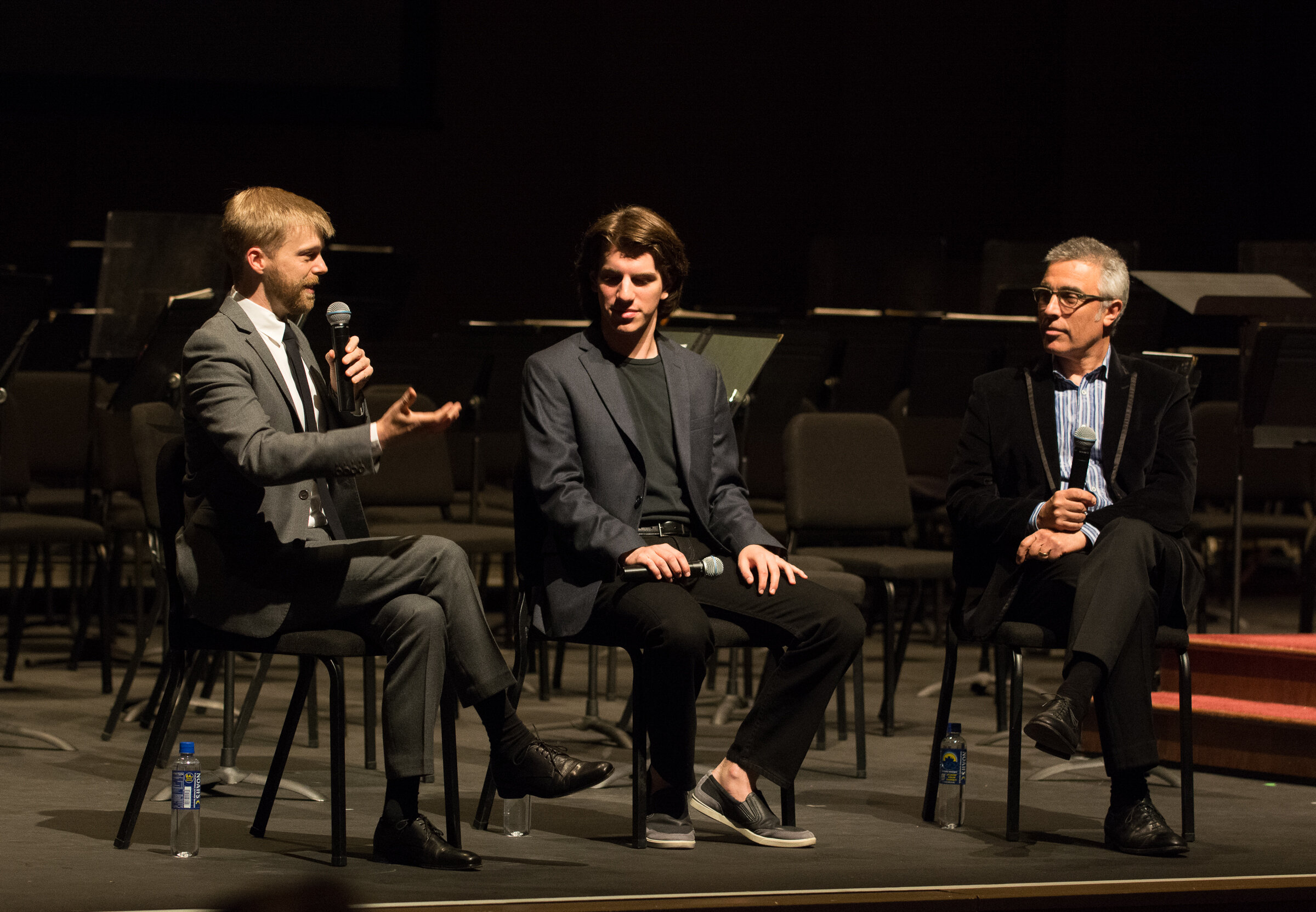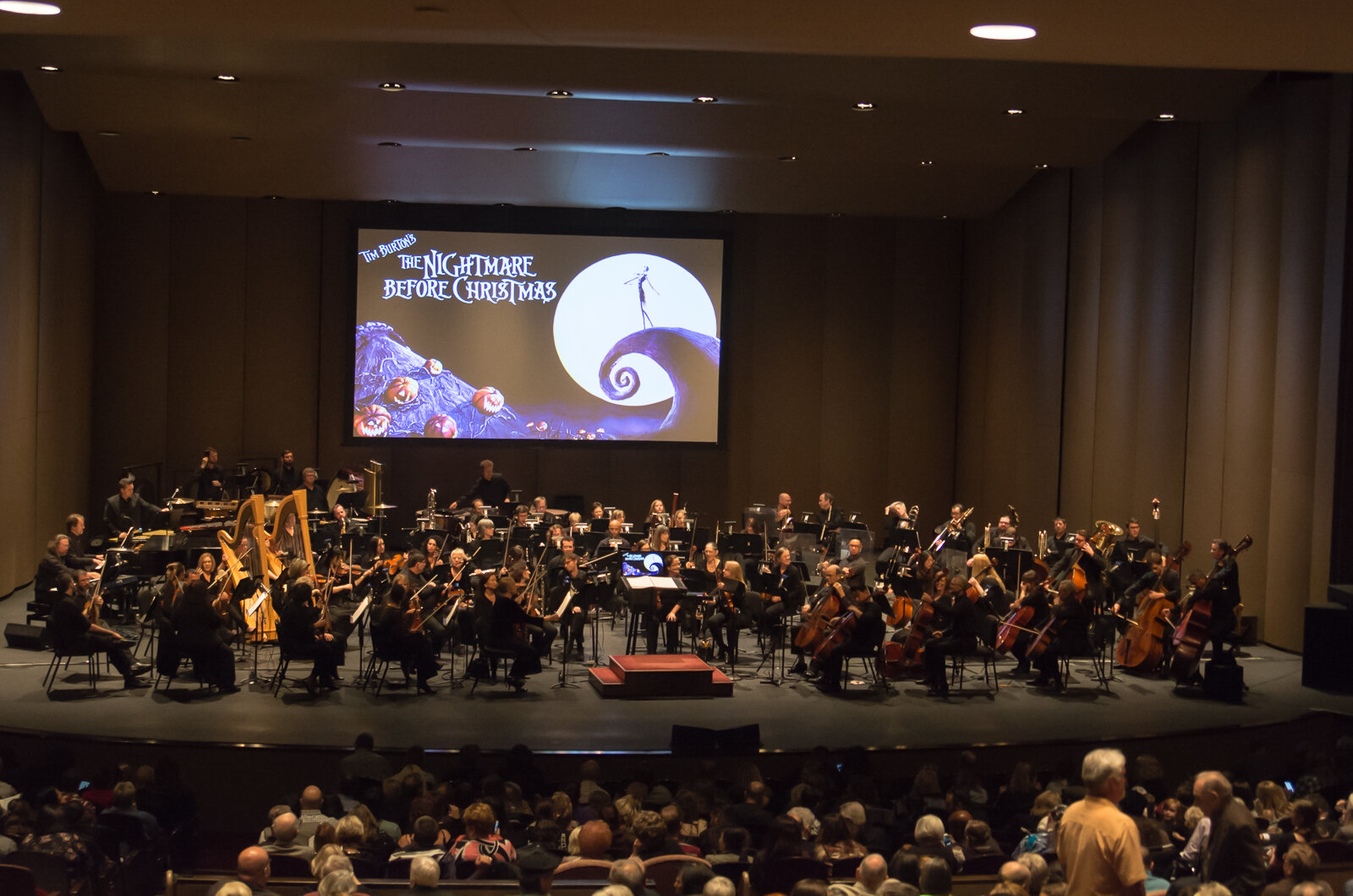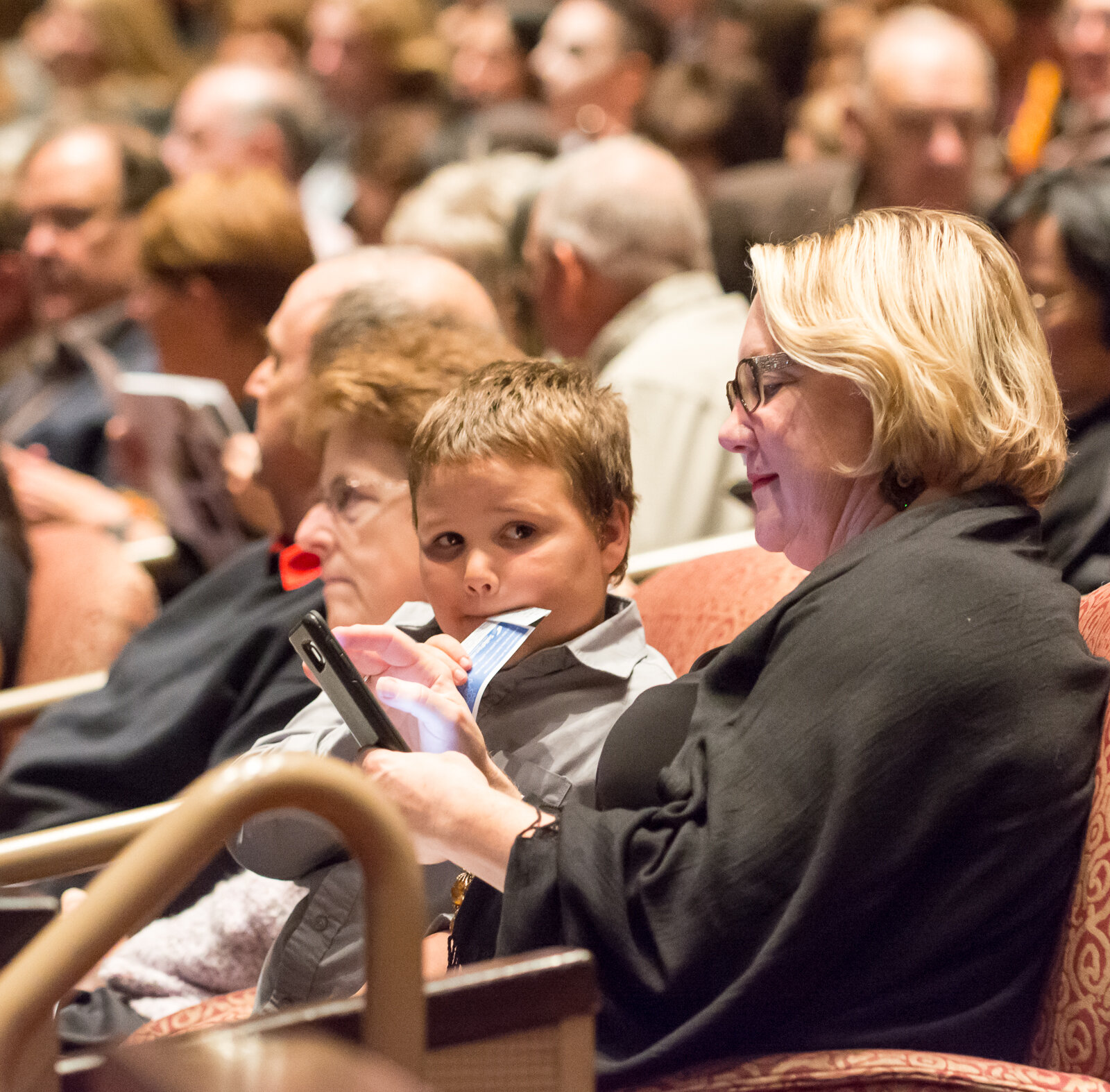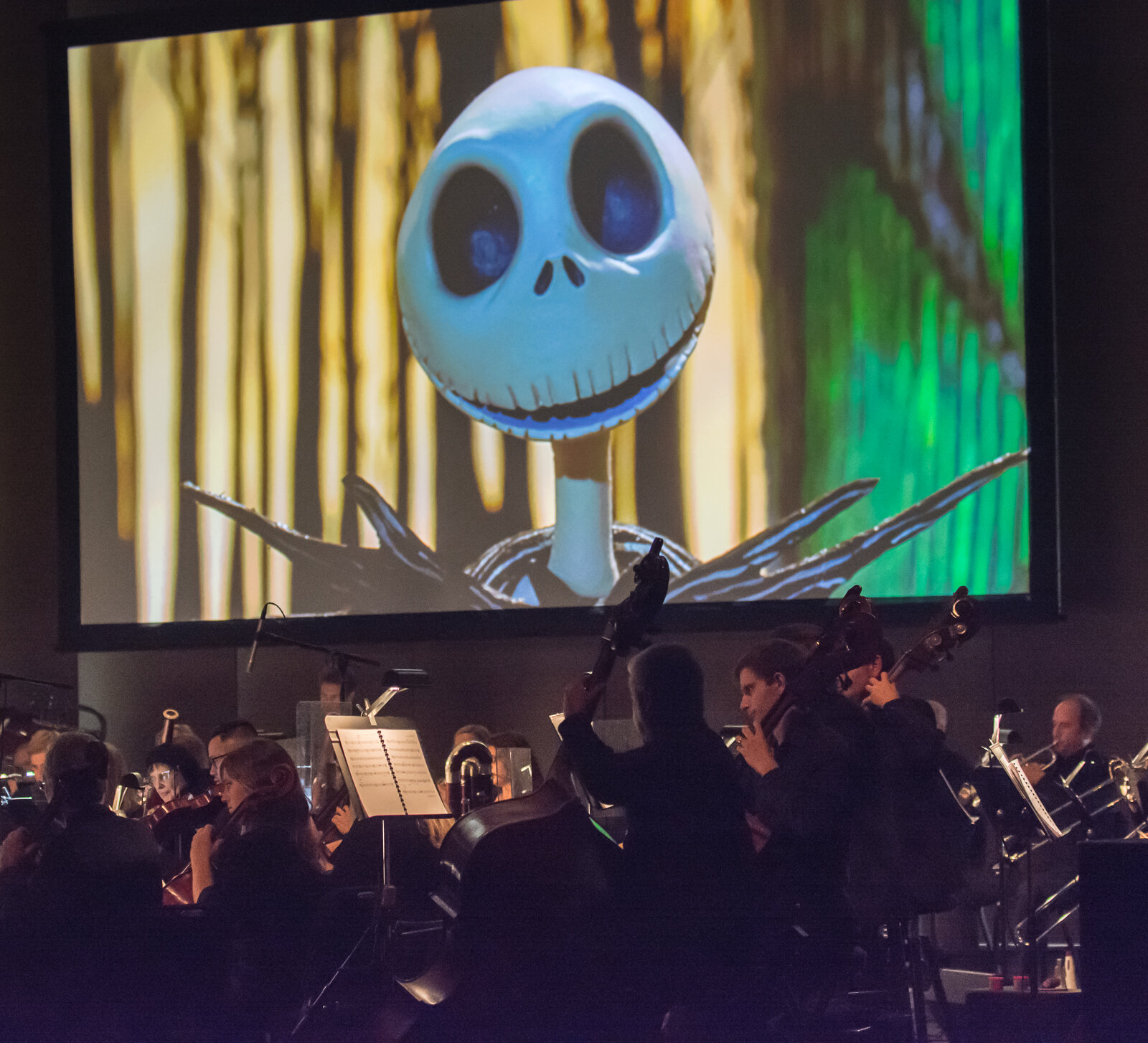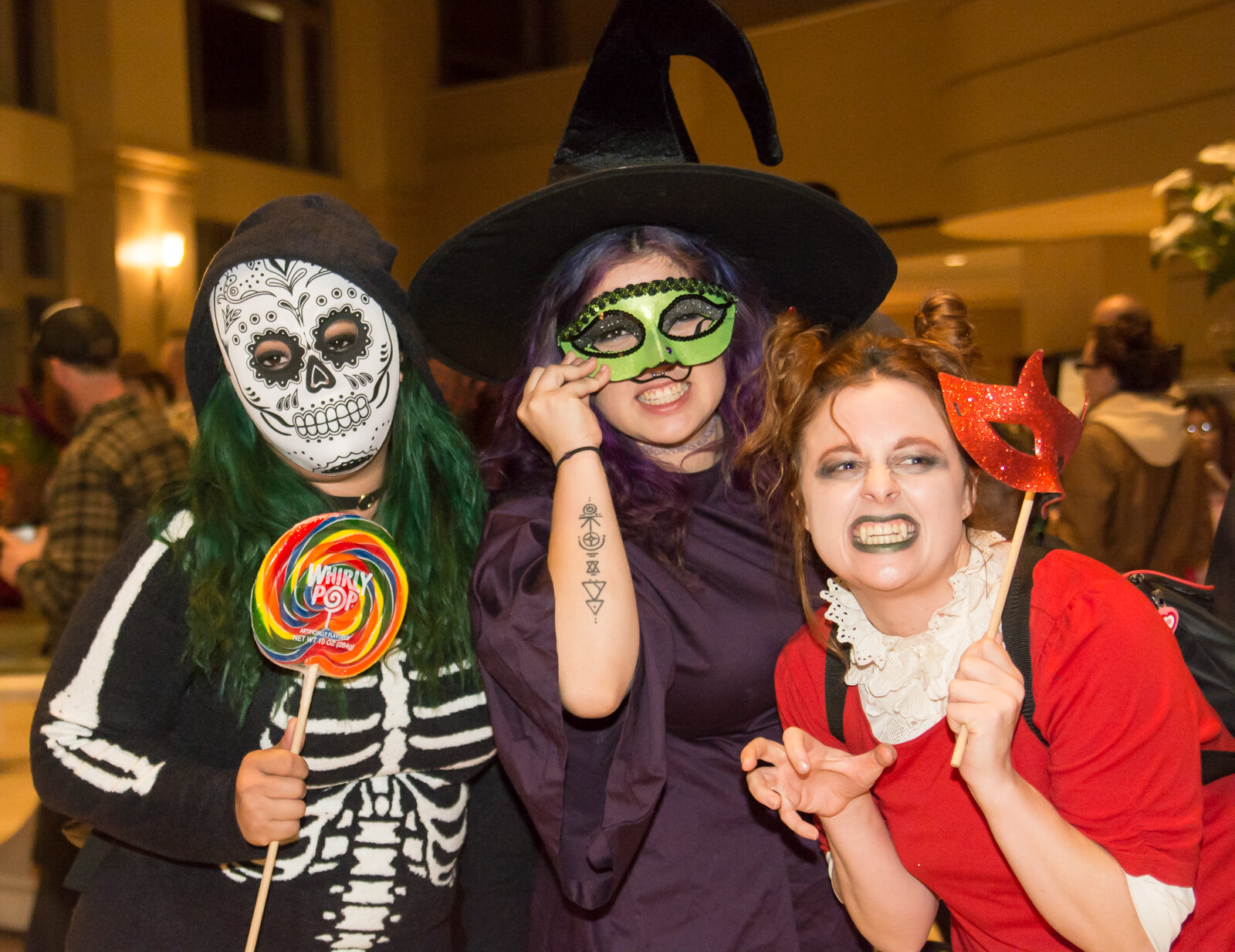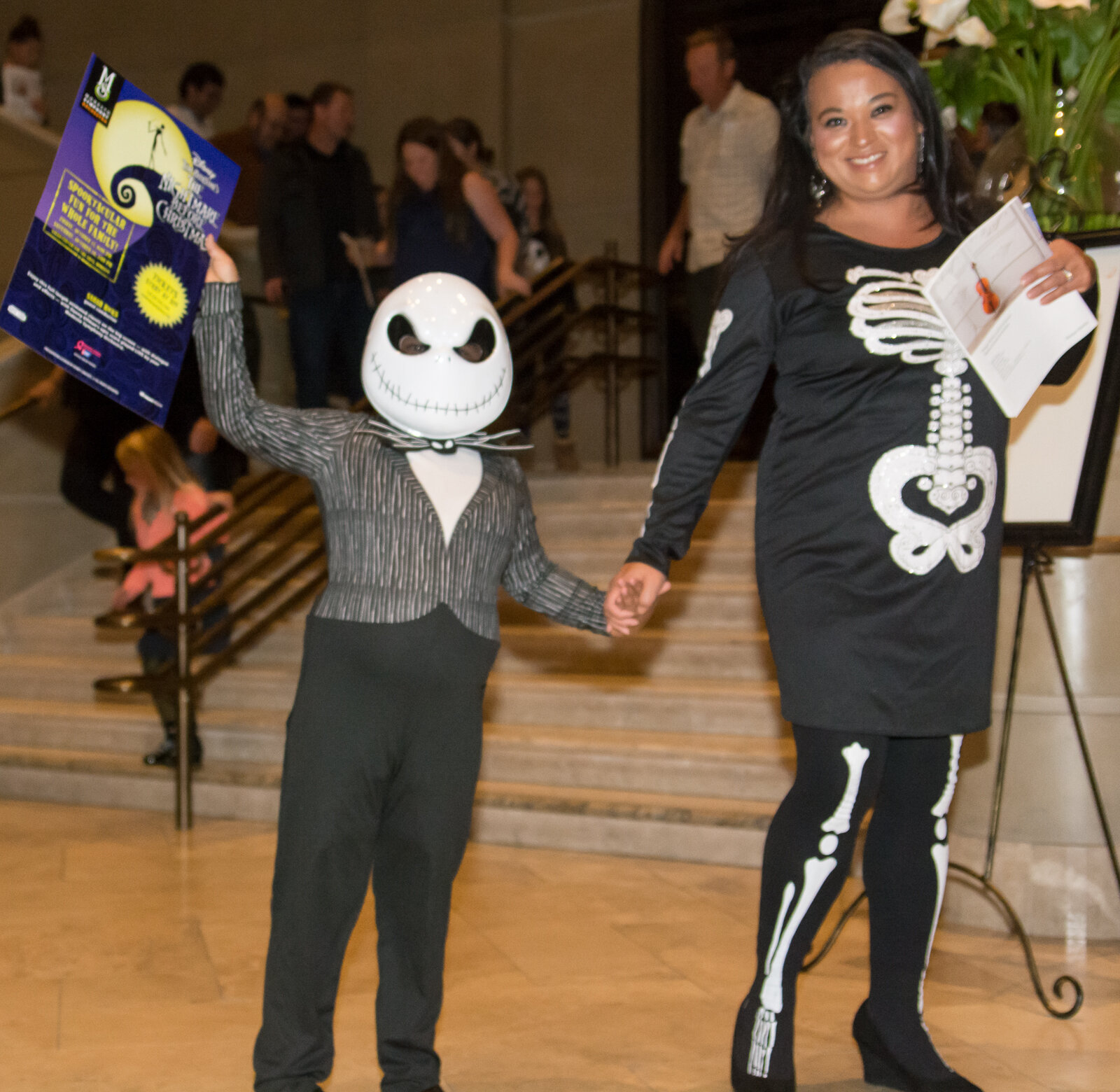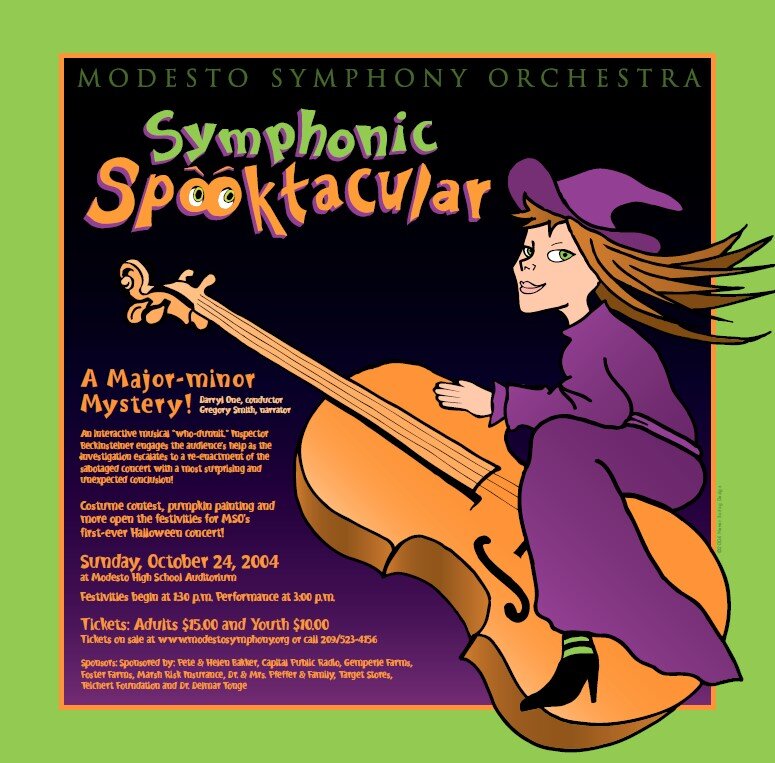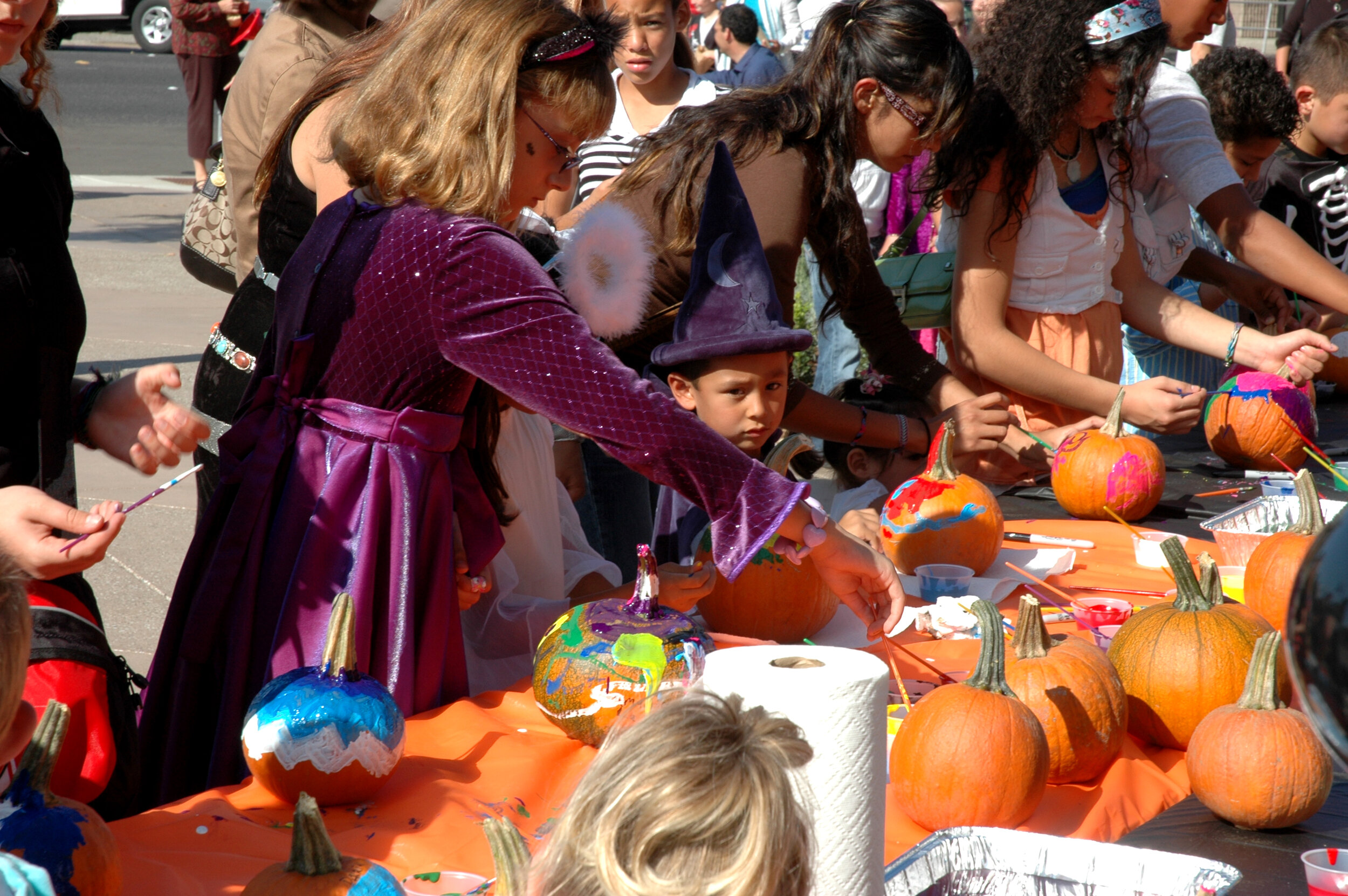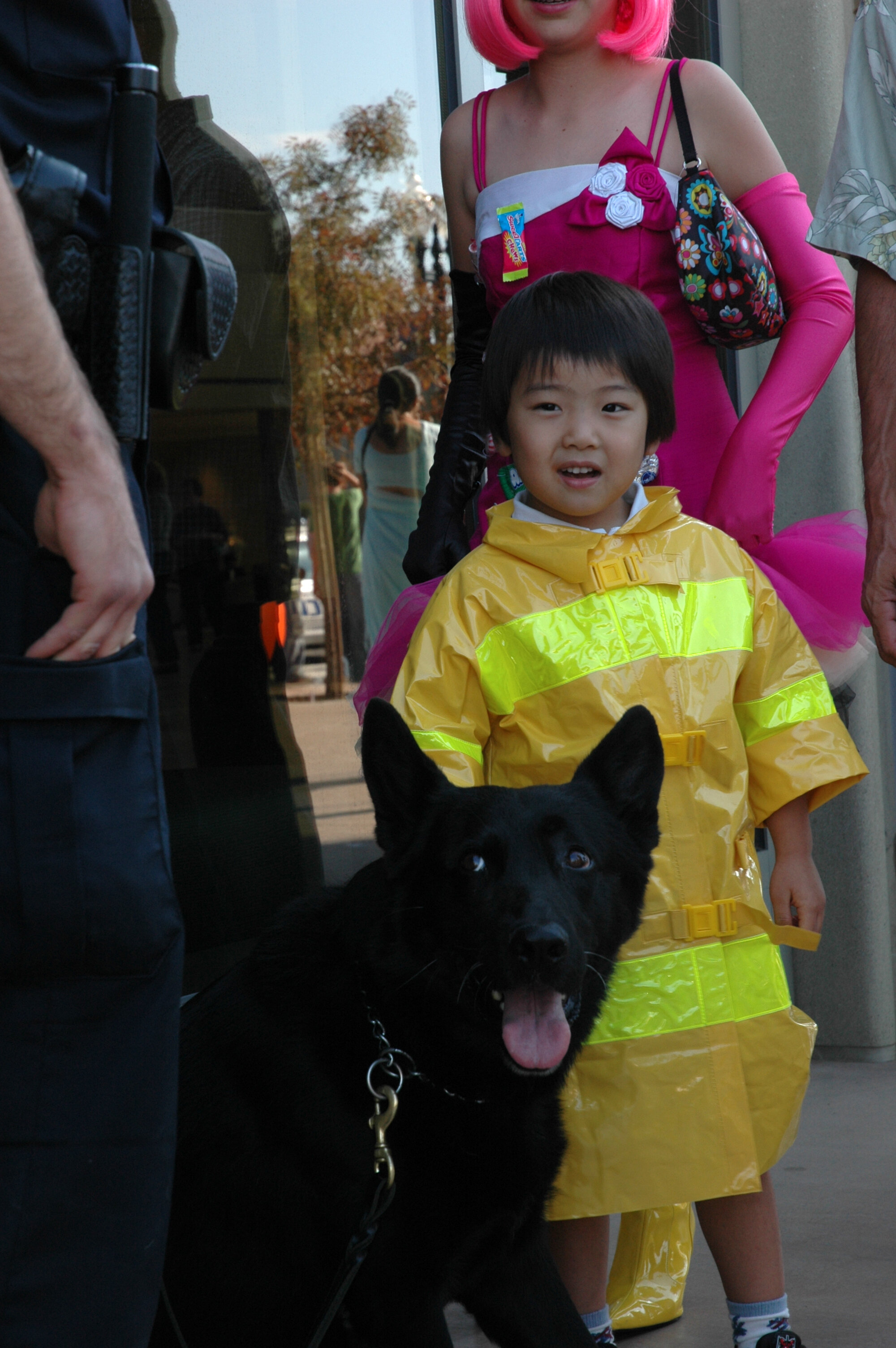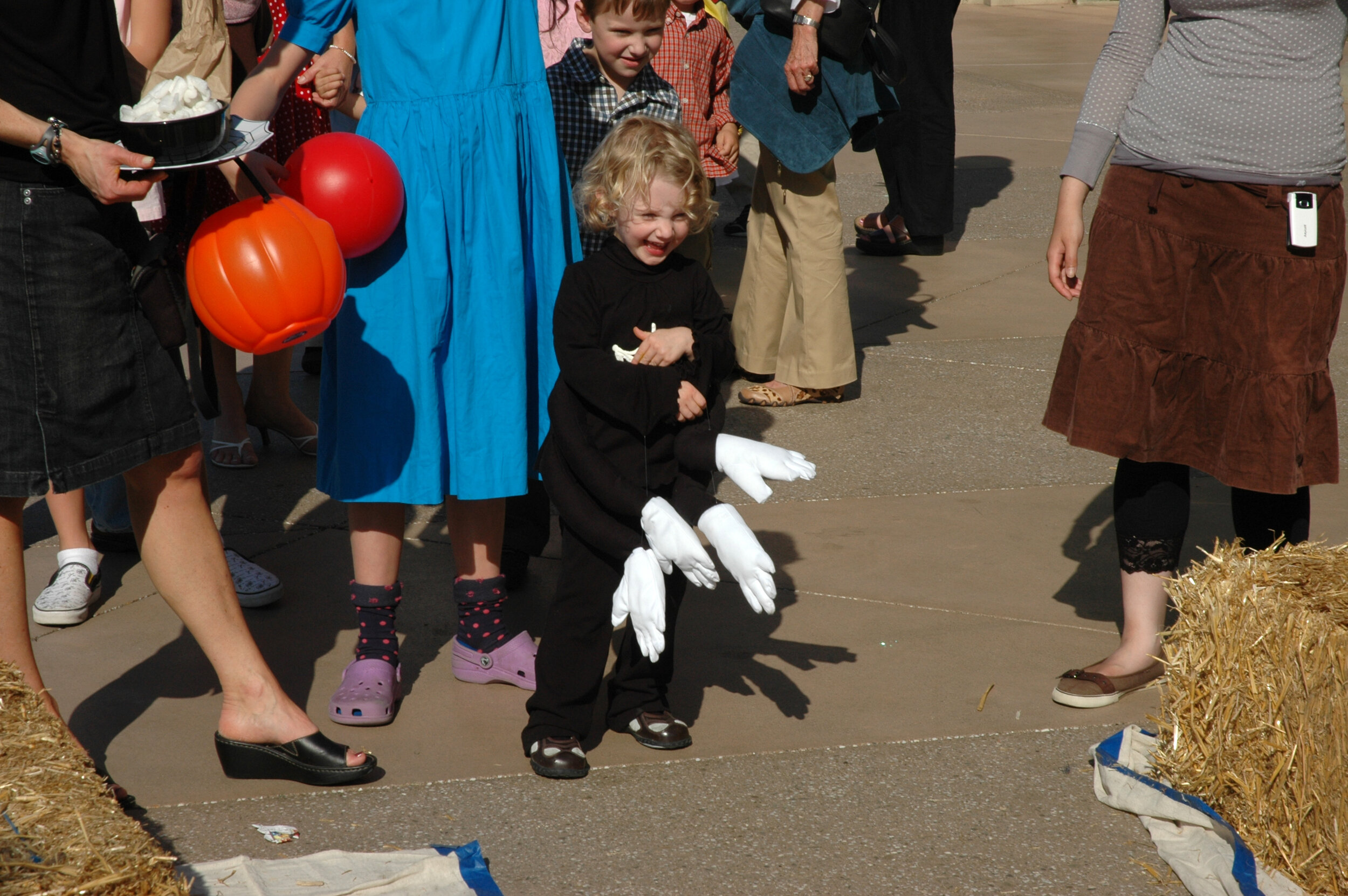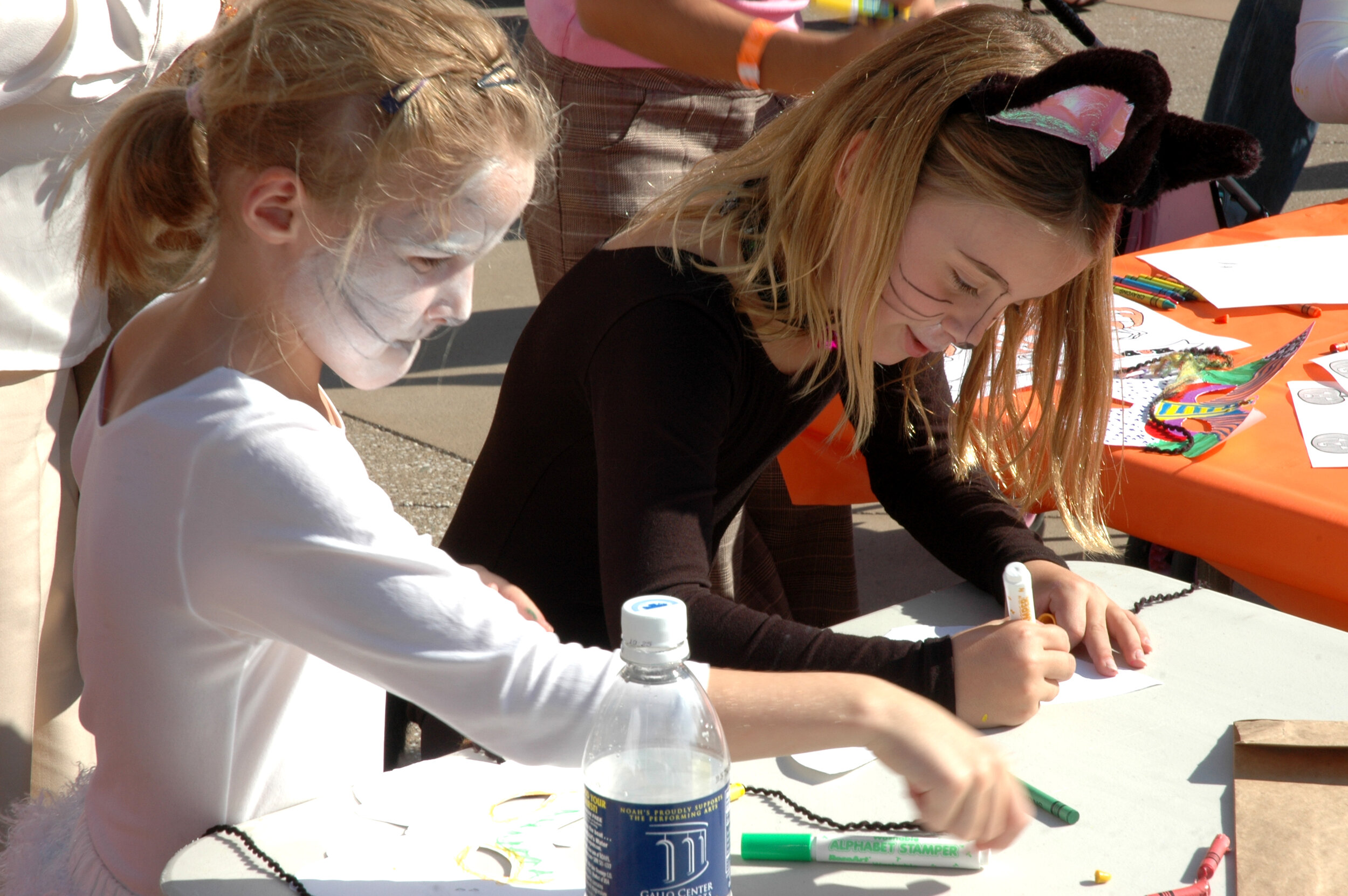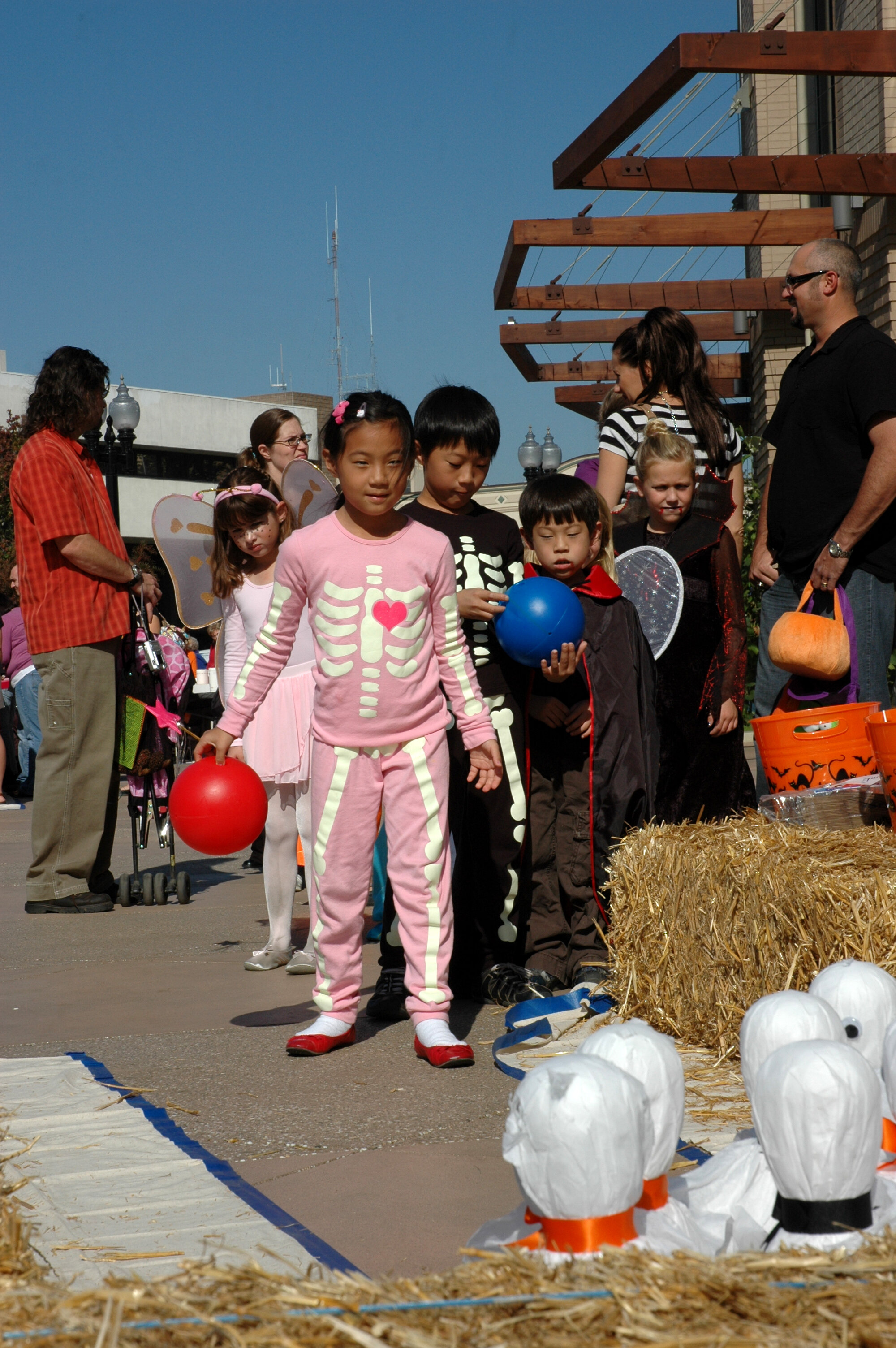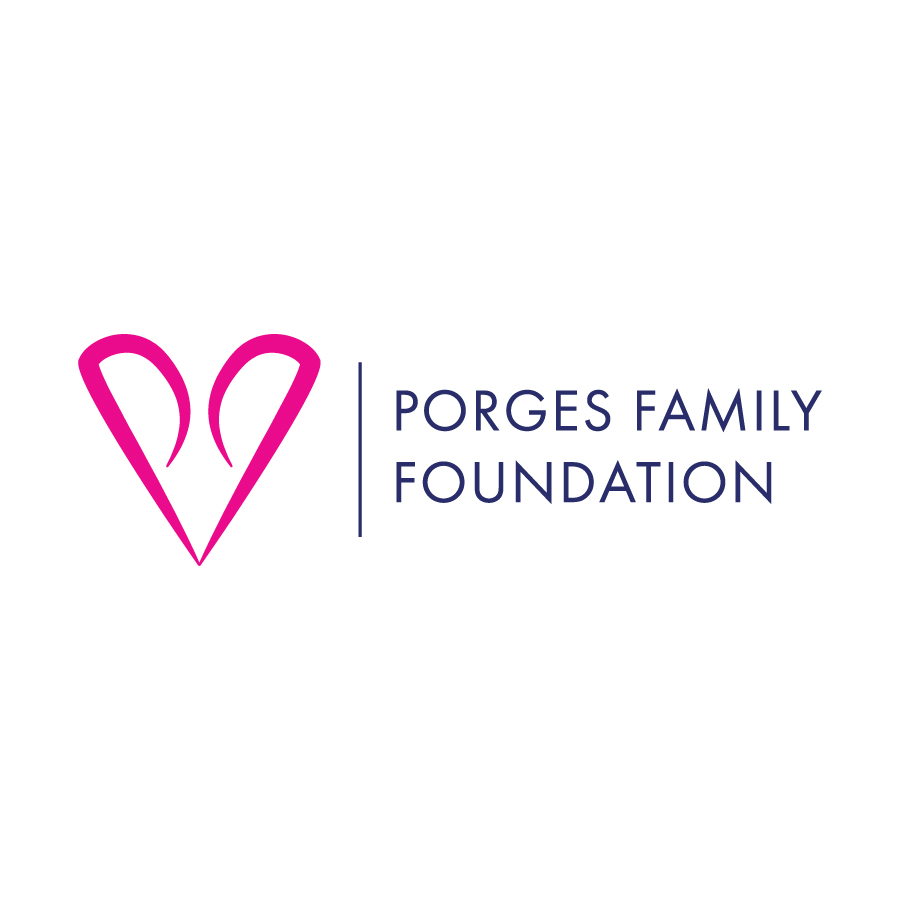about the composer
The Perseverance of Florence Price
Florence Price, composer
Florence Beatrice Smith was born on April 9, 1887, in Little Rock, Arkansas. Her father was the only African American dentist in the city and her mother was a music teacher, who provided Florence with her earliest musical training. Florence proved to be highly talented, giving her first piano performance at the age of four, and publishing her first composition at the age of 11. In 1902, at the age of 15, she enrolled in the New England Conservatory of Music in Boston, Massachusetts, and was the only one of 2,000 students to pursue a double major in organ and piano. She graduated with honors four years later with a teaching certificate and an artist diploma in organ performance.
Maude Roberts George, arts administrator
1910 marked the beginning of a new chapter for Florence where she began her teaching career in Atlanta, Georgia before eventually settling in Little Rock after marrying Thomas J. Price and having two children. Increasing racial tensions in the South led the Prices to leave Little Rock and settle north in Chicago. It was here that Florence’s composition career began to take off. In 1928, she published four compositions for piano while studying with Chicago’s leading composition and organ teachers. In 1933, Maude Roberts George, an advocate for the Arts, especially for those underrepresented, paid $250 (the modern-day equivalent of $5,093 ) for Price’s Symphony No. 1 to be performed by the Chicago Symphony Orchestra as a part of the Chicago World’s Fair. This made Florence Price the first Black woman to have her music performed by a major U.S. orchestra. Price’s unique style began to appear in 1938 with the completion of her third symphony. In traditional Romantic fashion, Price’s Symphony No. 3 has four movements. From the beginning of the piece, Price’s modernism shines through with a slow introduction that leads into a turbulent main theme. As the second movement starts, the influence of Black music comes front and center as jazz and blues themes take over in the solo trombone. The third movement continues to celebrate the blues, while introducing a Juba, an African American dance style created by those who were enslaved in the Deep South with specific origins being linked to Charleston, South Carolina. It’s a dance involving stomps and claps and eventually influenced future styles of music and dance in popular culture, such as modern tap dancing, and rhythm and blues singers which eventually influenced rock musicians. In the symphony’s final movement, the African American styles and classical music influences collide, providing joyous energy.
Over her lifetime, Florence Price composed over 300 works in a variety of genres, including symphonies, choral works, pieces for piano and organ, and many others. She passed away in 1953 at the age of 66. In a time when classical music was largely based on European traditional practices, Price’s compositions were distinctly American and celebrations of her heritage that incorporated Black spirituals and folk traditions. Florence Price was a pioneer in classical music not only for her gender but also for her race. Her legacy brought a new narrative and voice forward that was largely overlooked.
Join us as the MSO performs Florence Price’s Symphony No. on May 12 & 13 alongside the monumental Mozart Requiem.
Listen to Price’s Legacy Live!
Come hear Florence Price’s Symphony No. 3 alongside Mozart’s Requiem, conducted by Anthony Parnther, this May 12th & 13th at the Gallo Center for the Arts!
Learn more about Price (Reference):“Florence Price.” Wikipedia. Wikimedia Foundation, April 7, 2023. https://en.wikipedia.org/wiki/Florence_Price#Biography.Ege, Samantha. “Composing a Symphonist: Florence Price and the Hand of Black Women's Fellowship.” Women and Music: A Journal of Gender and Culture. University of Nebraska Press, August 13, 2020. https://muse.jhu.edu/article/762310.“Symphony No. 3 in C Minor (Florence Price).” LA Phil. Accessed April 7, 2023. https://www.laphil.com/musicdb/pieces/6500/symphony-no-3-in-c-minor.“The Story behind: Price's Symphony No.3.” Rhode Island Philharmonic Orchestra & Music School. Accessed April 7, 2023. https://www.riphil.org/blog/the-story-behind-price-s-symphony-no-3.“Juba Dance.” Wikipedia. Wikimedia Foundation, February 14, 2023. https://en.wikipedia.org/wiki/Juba_dance
